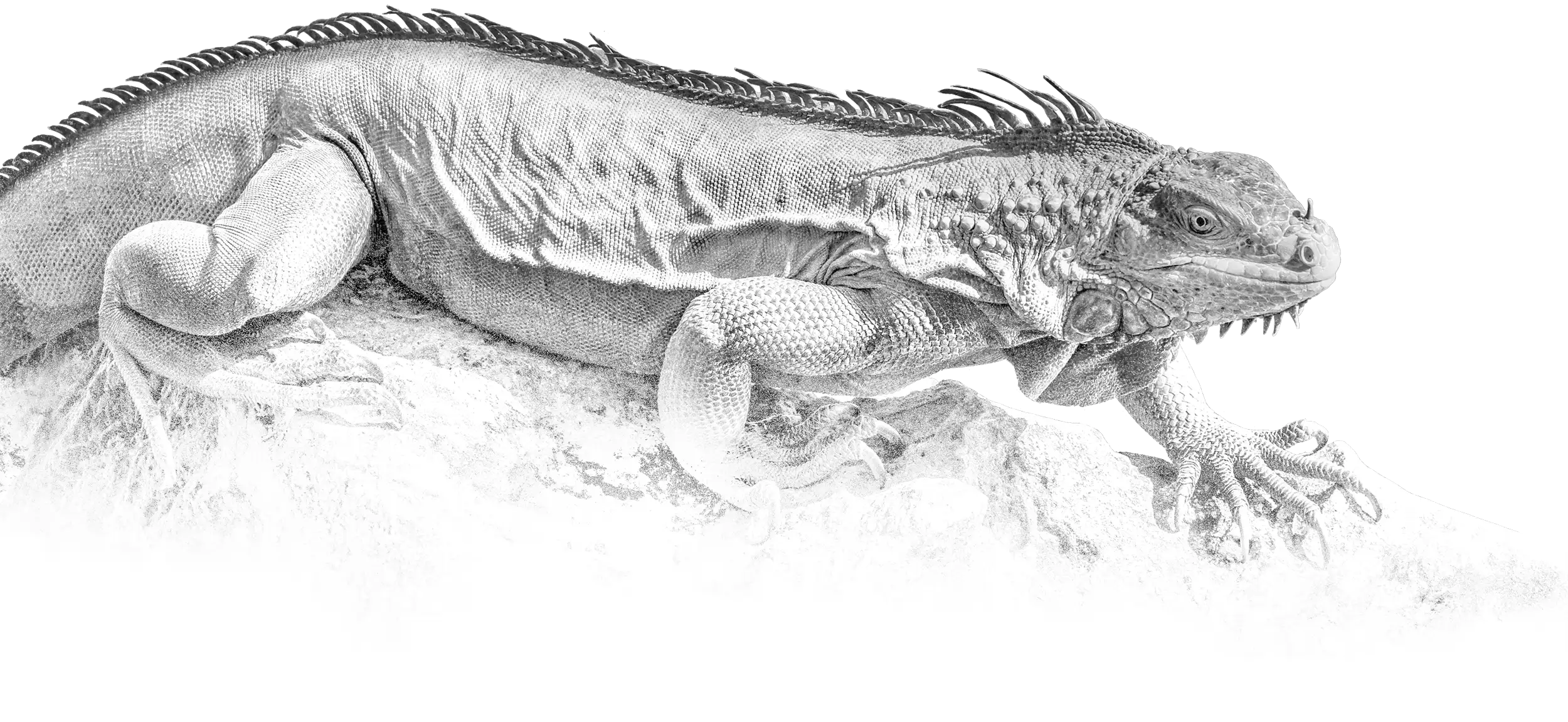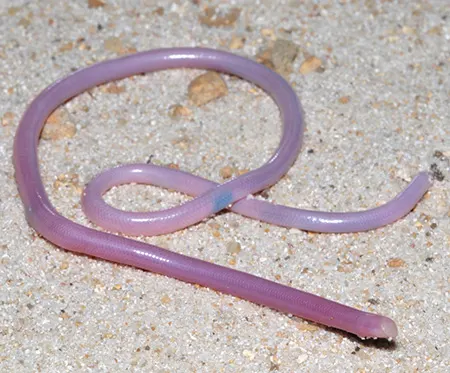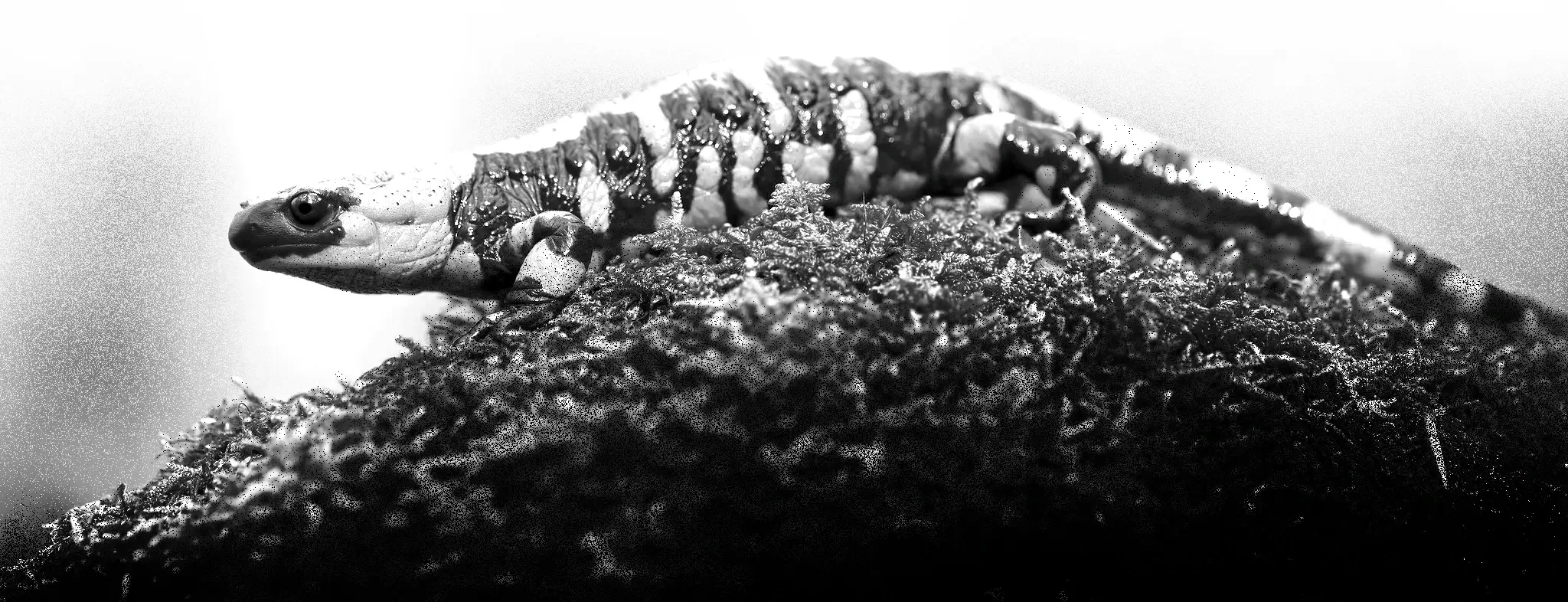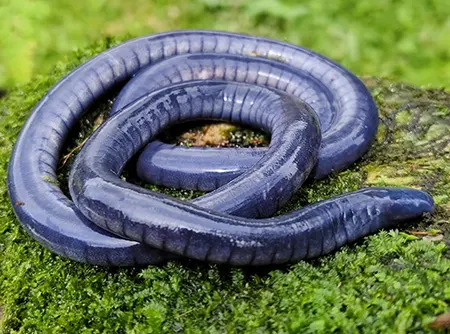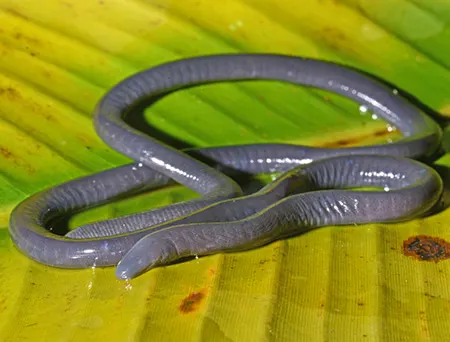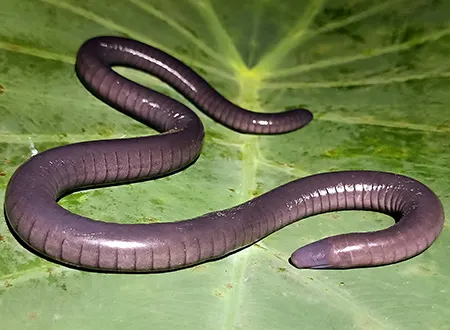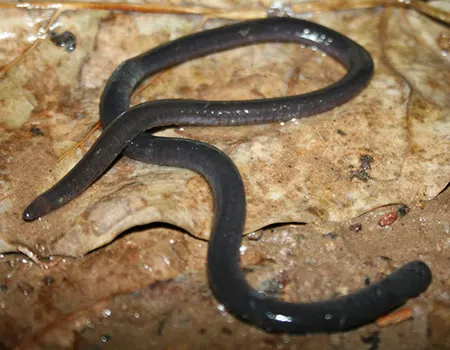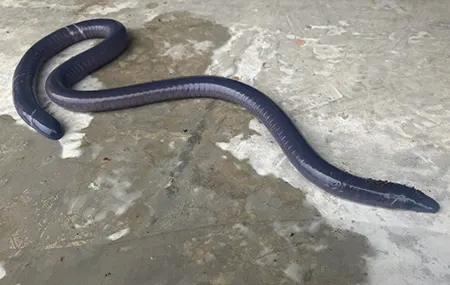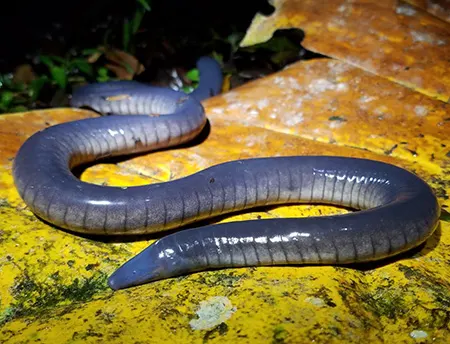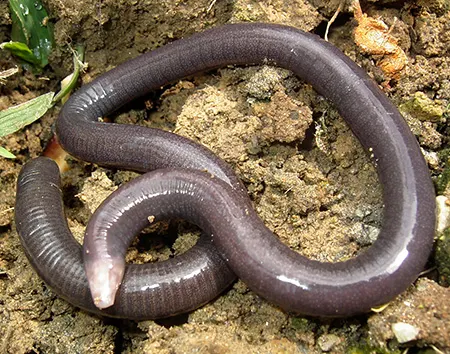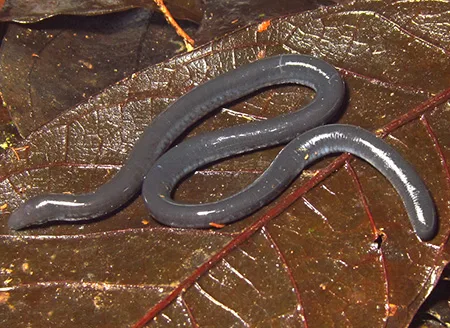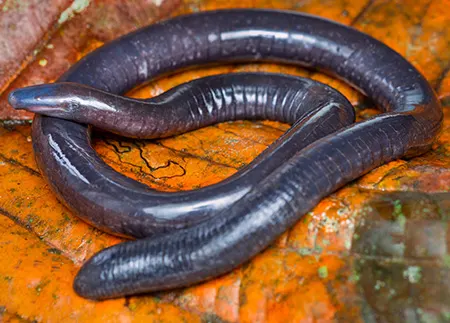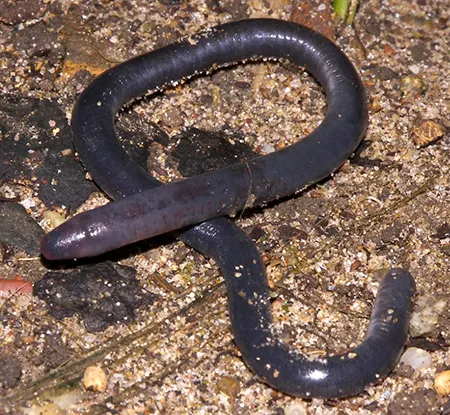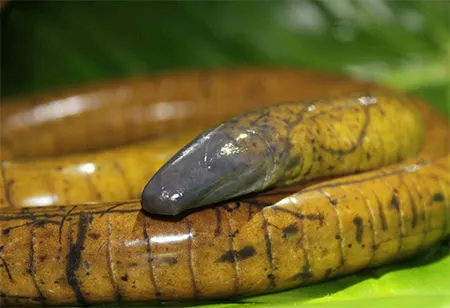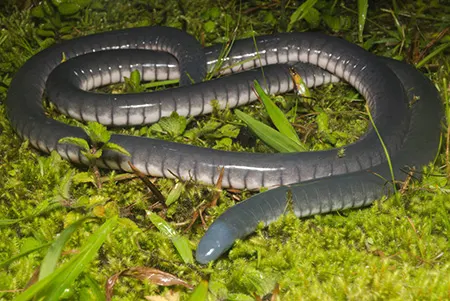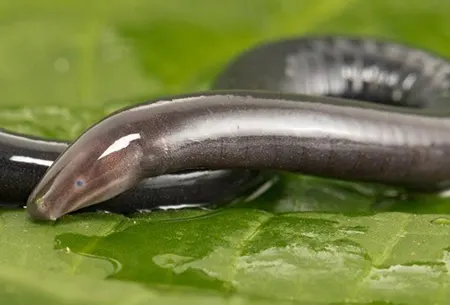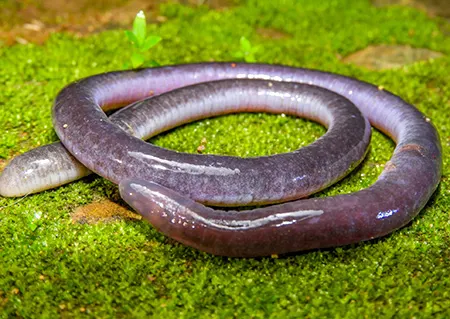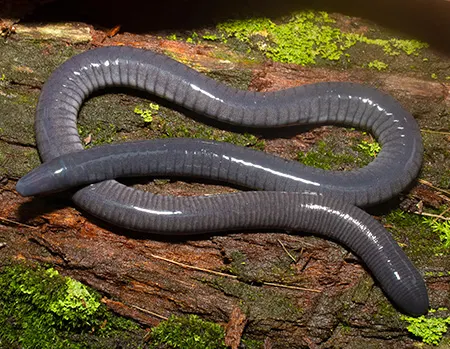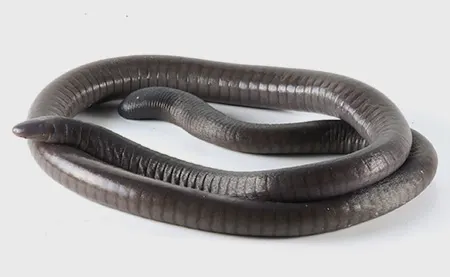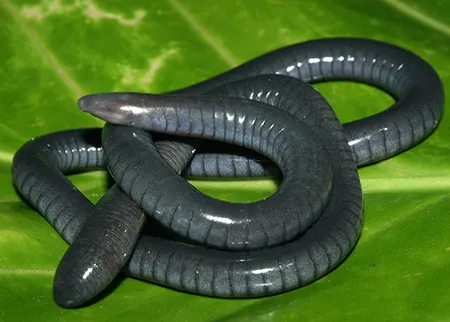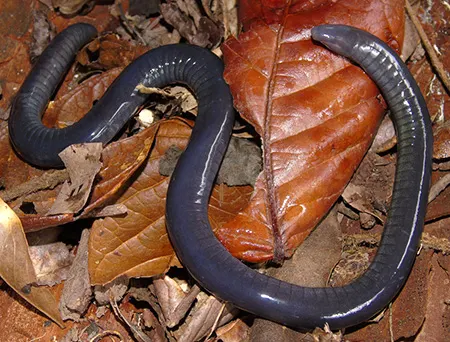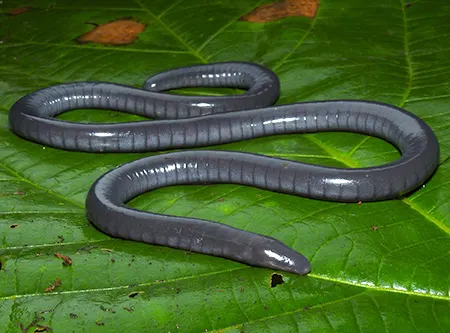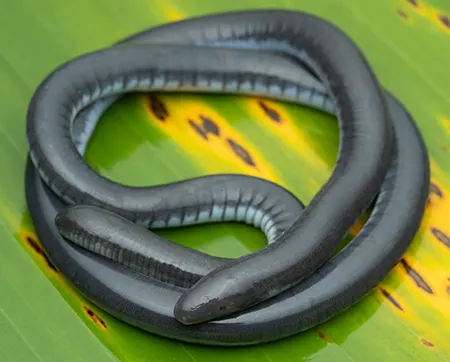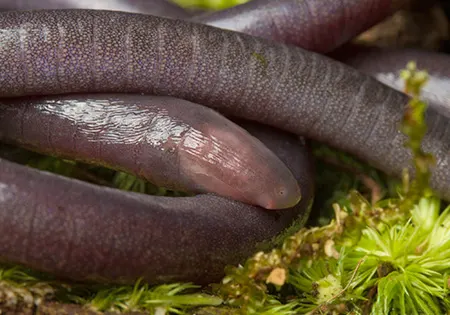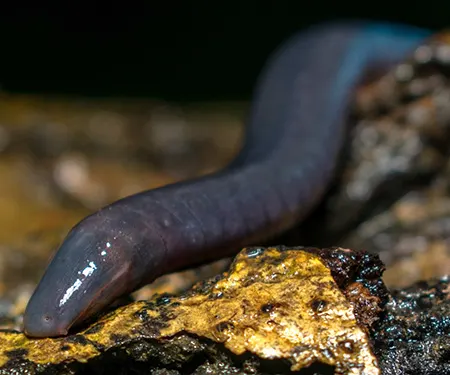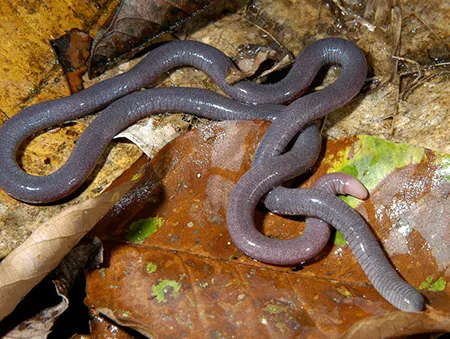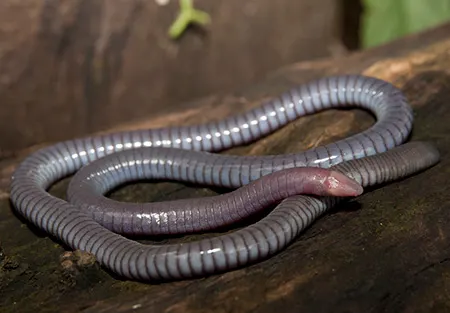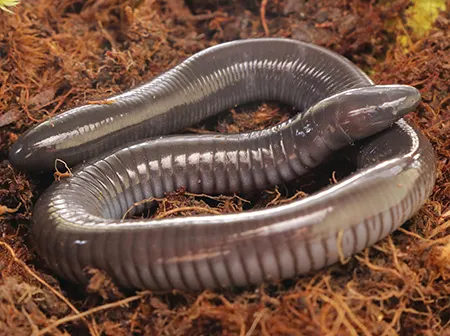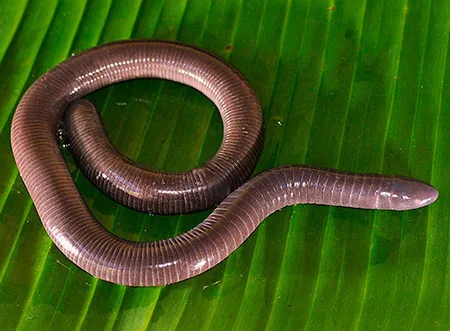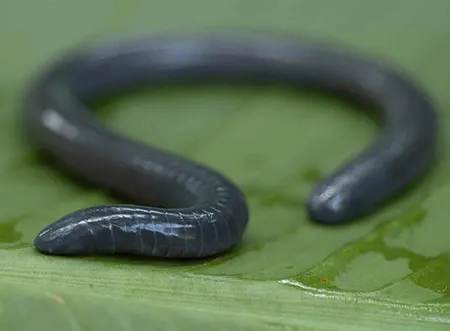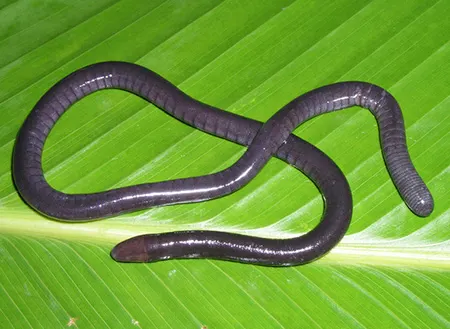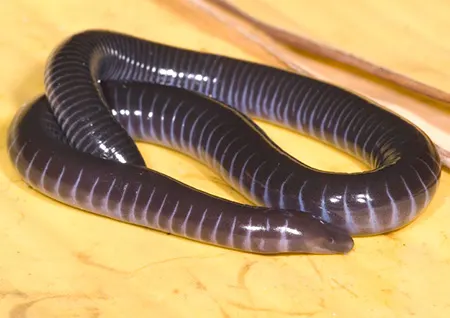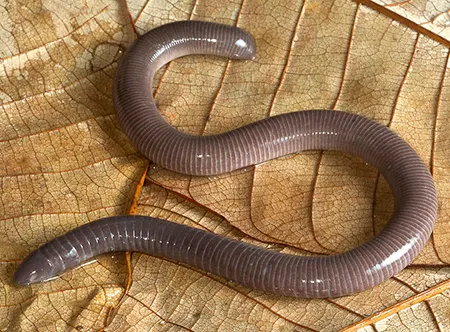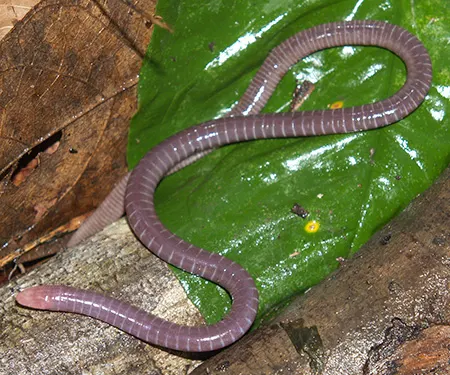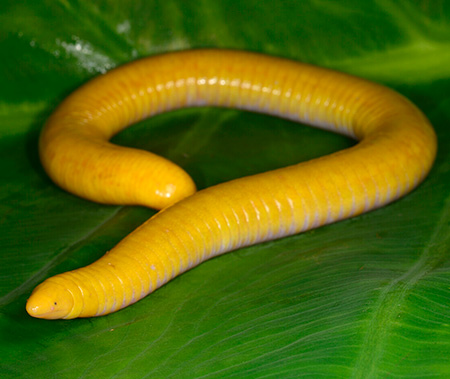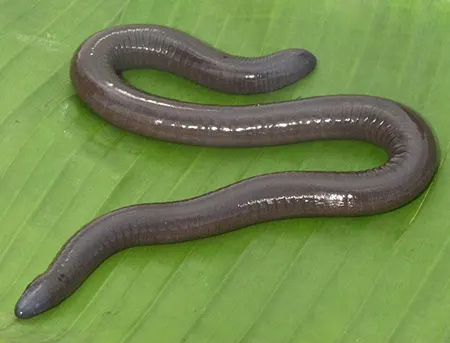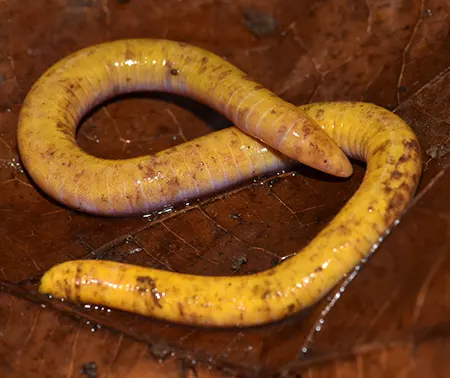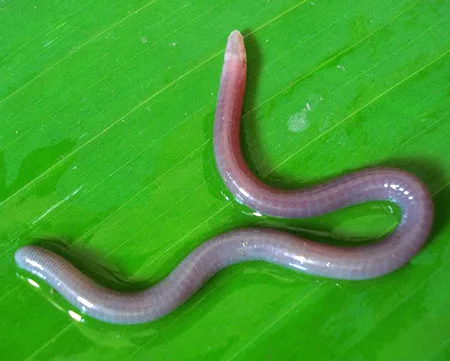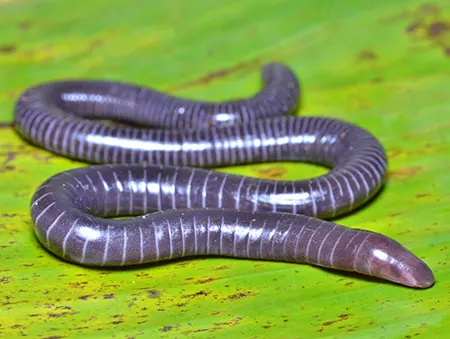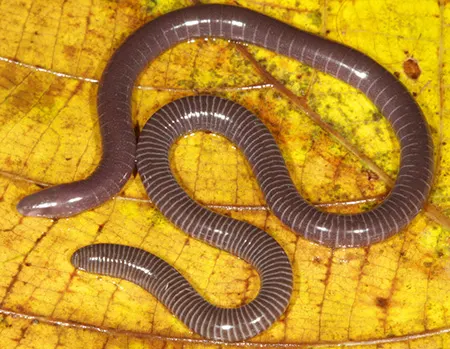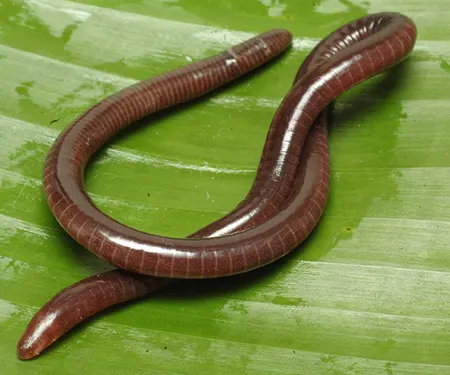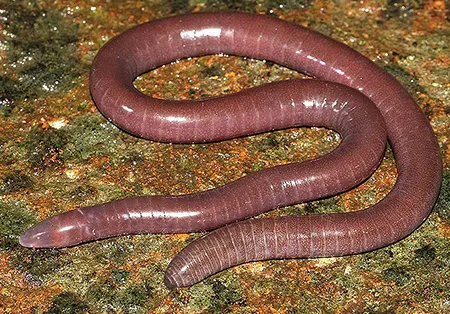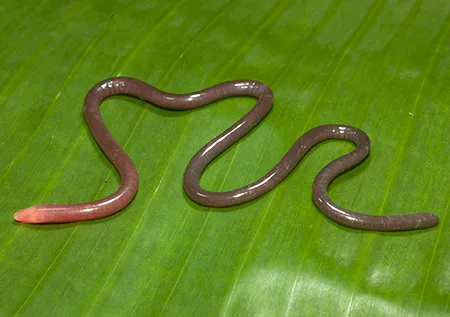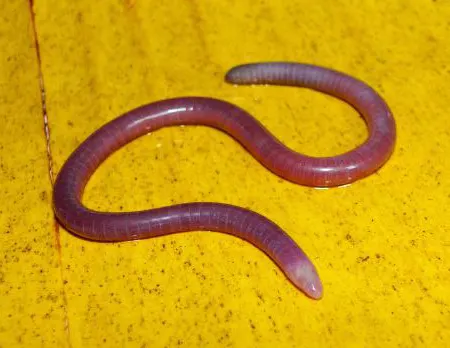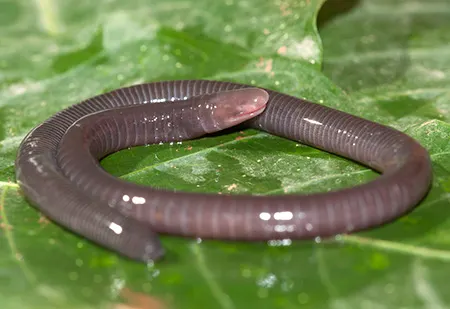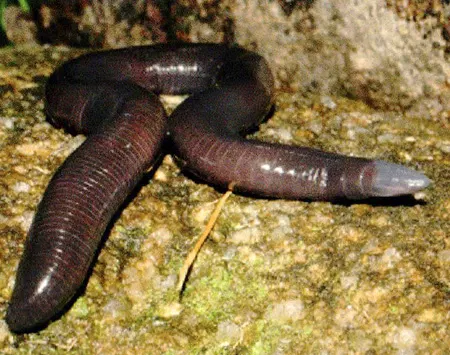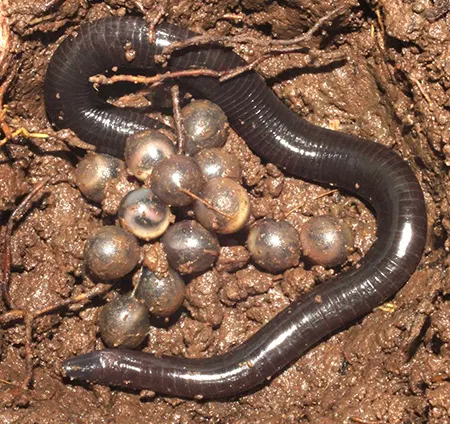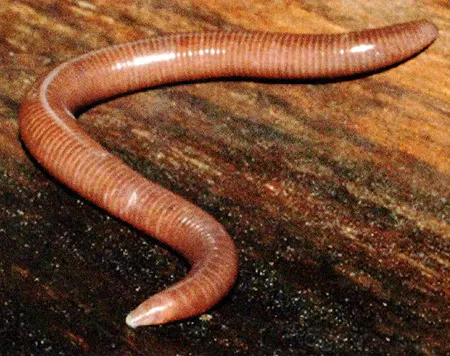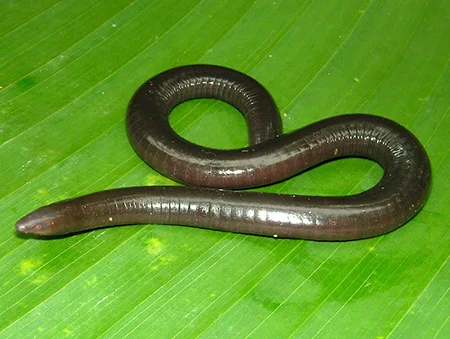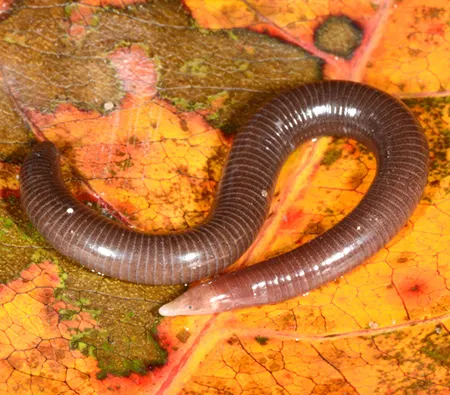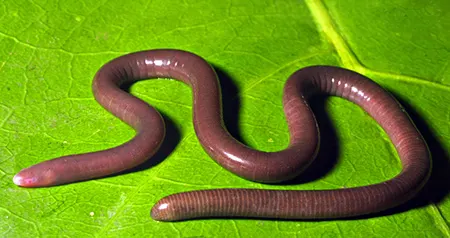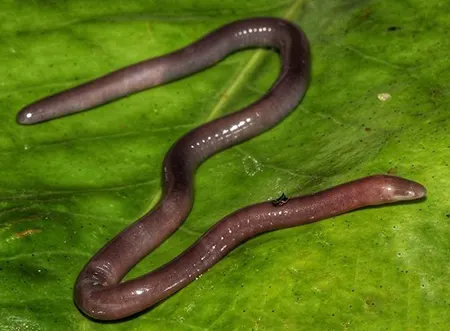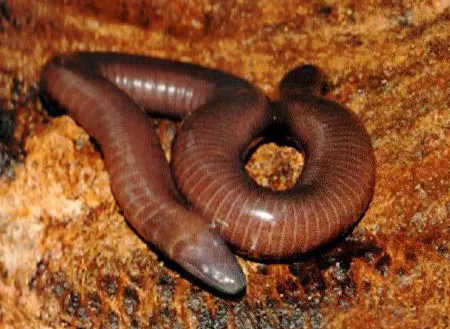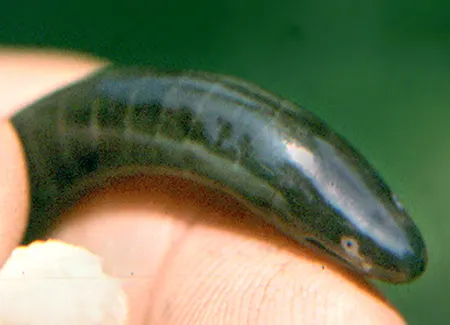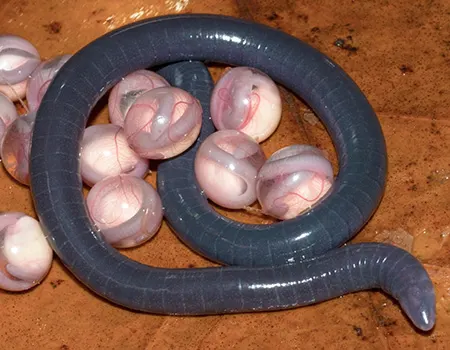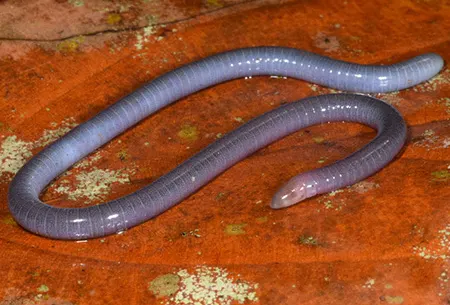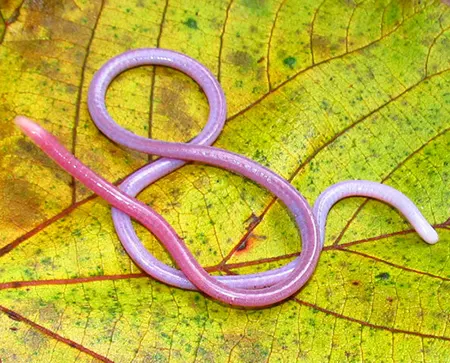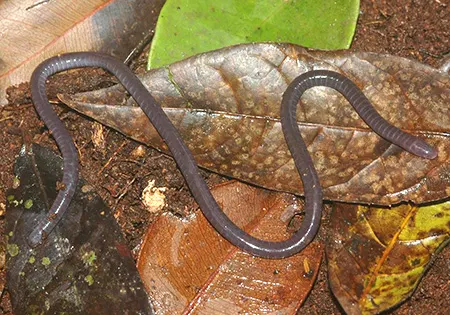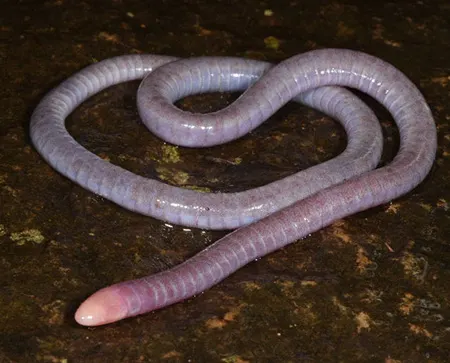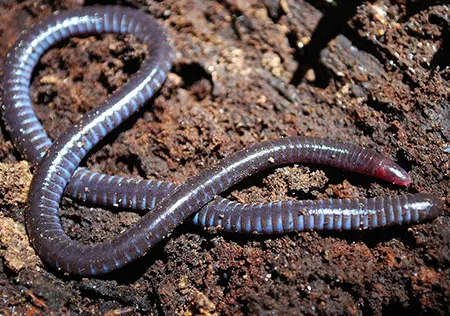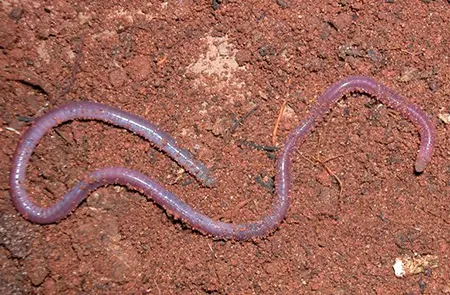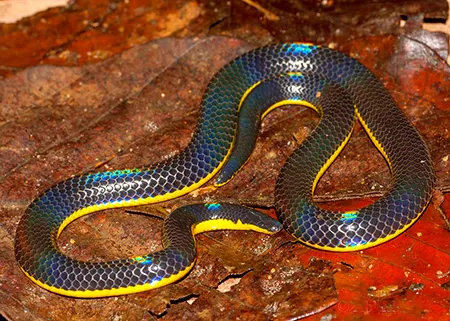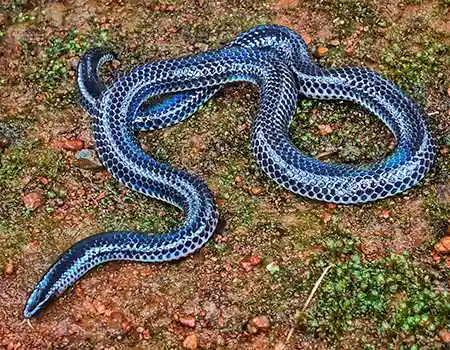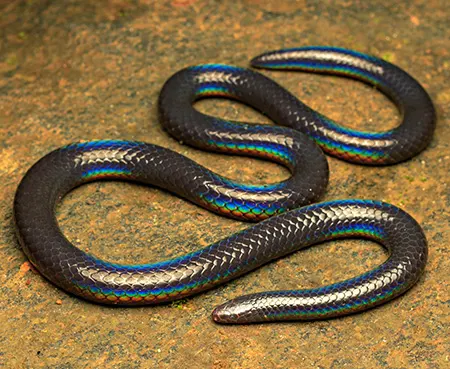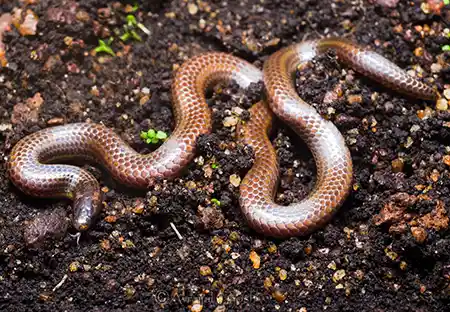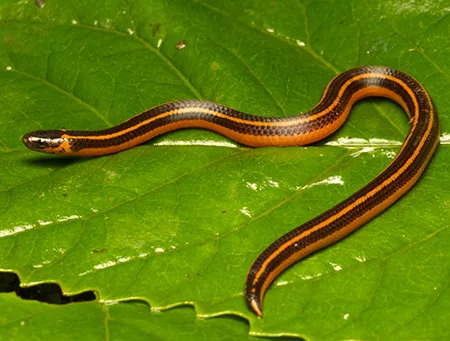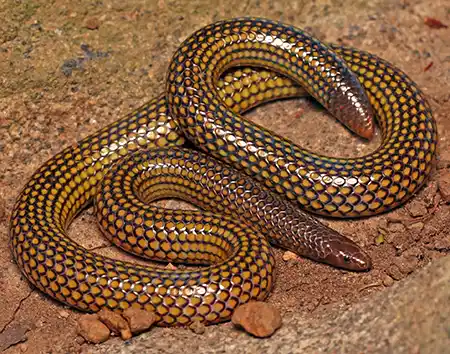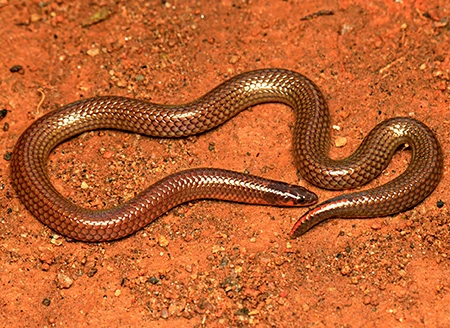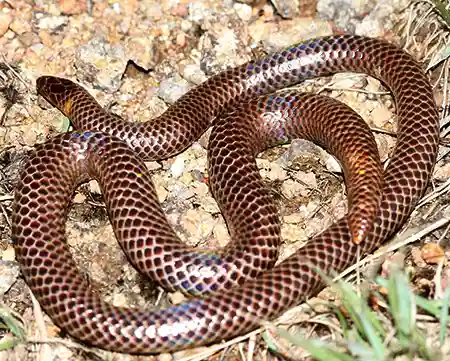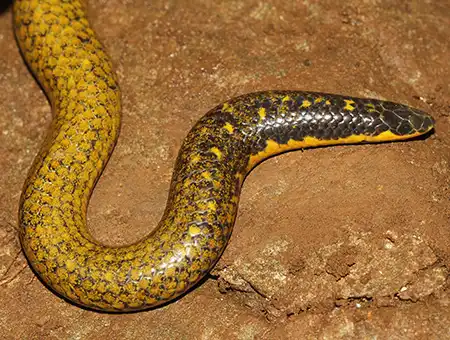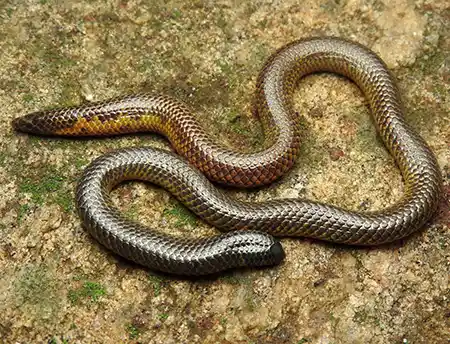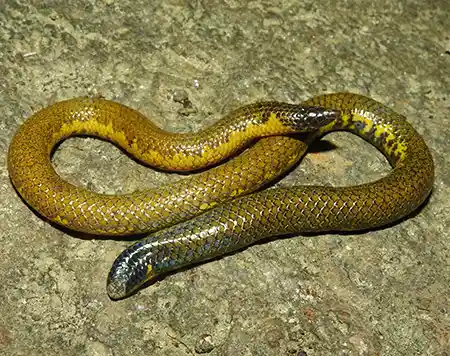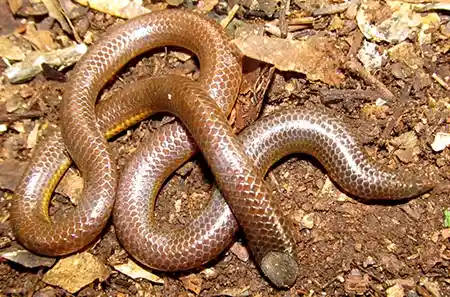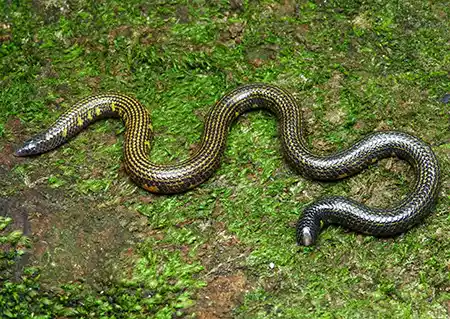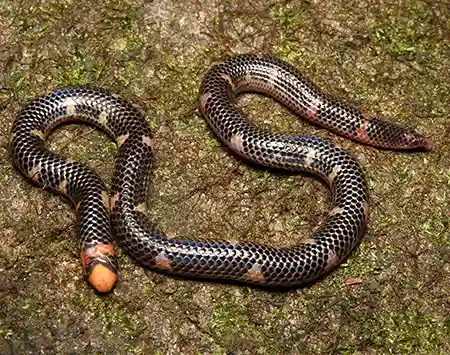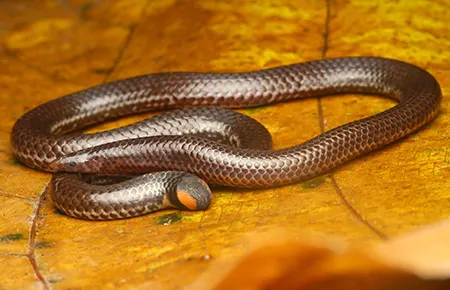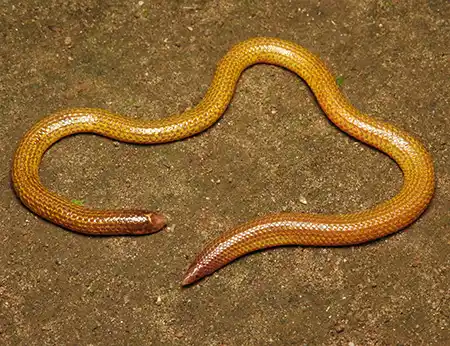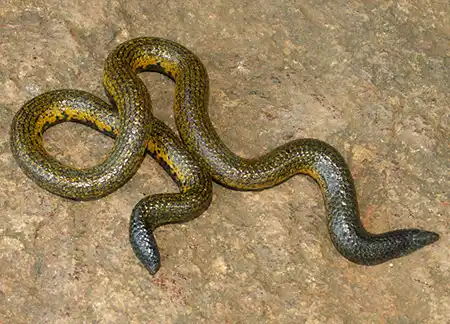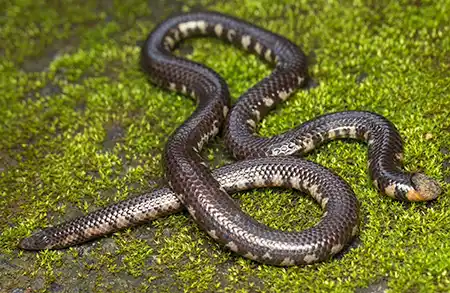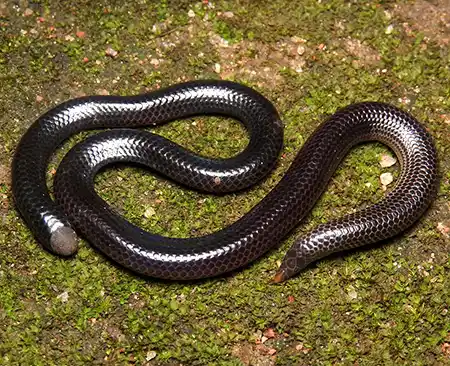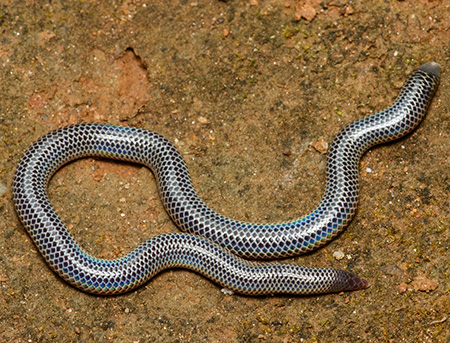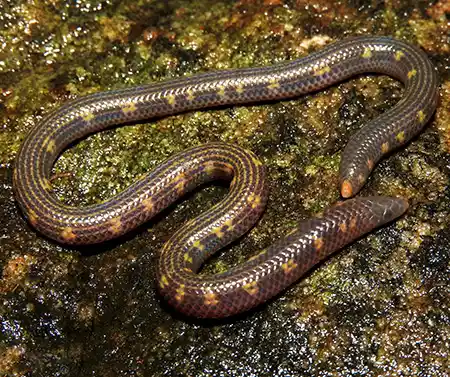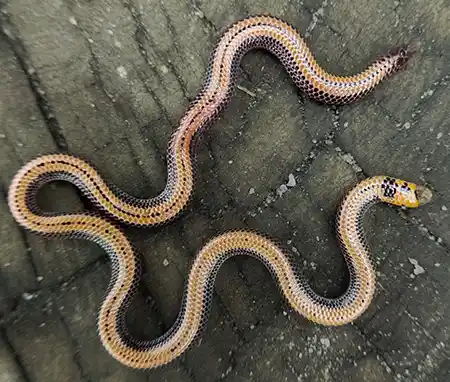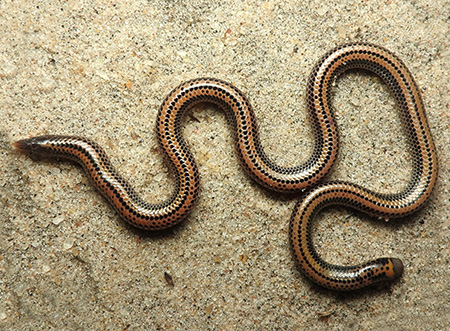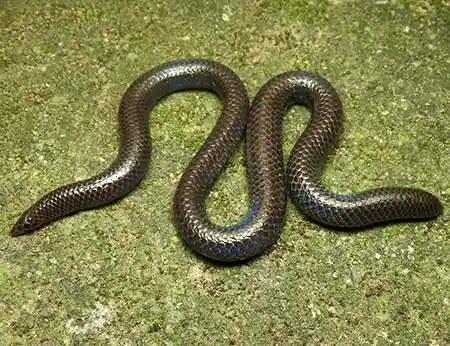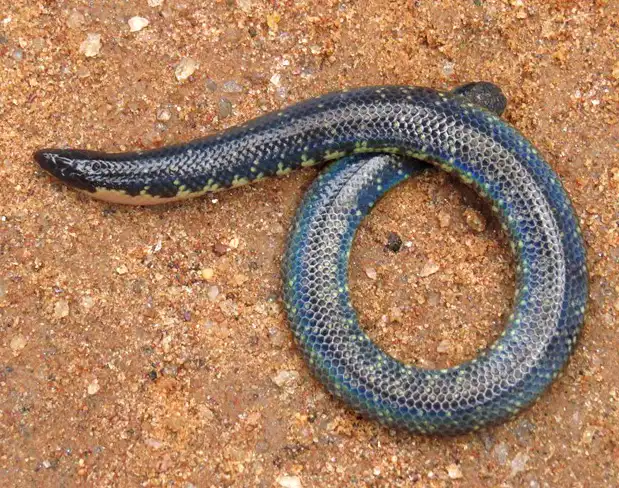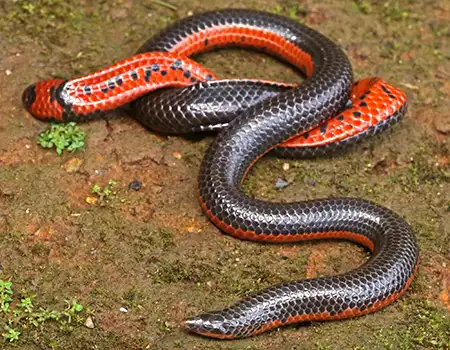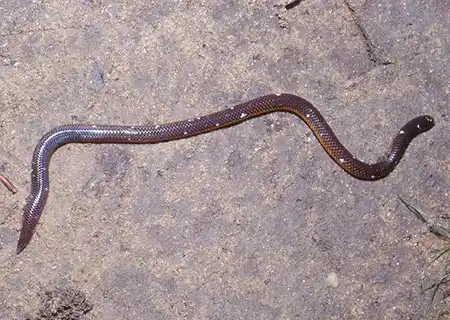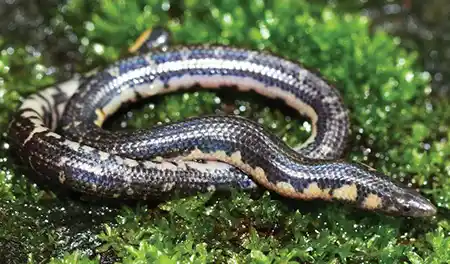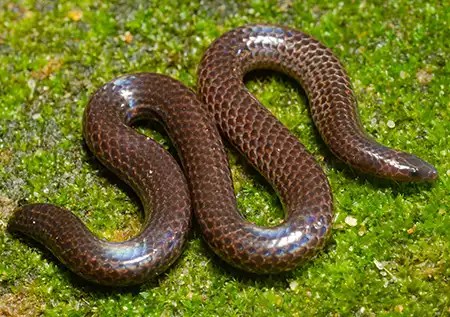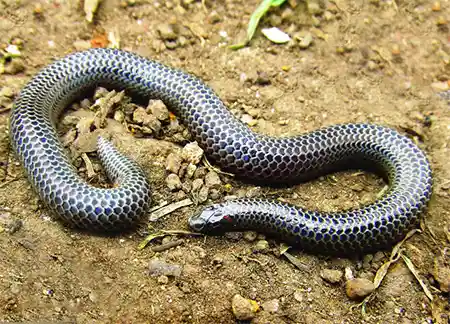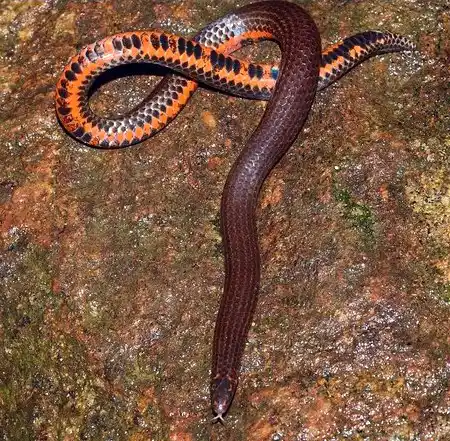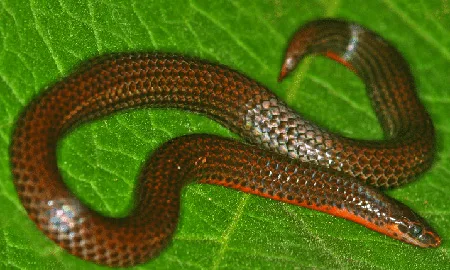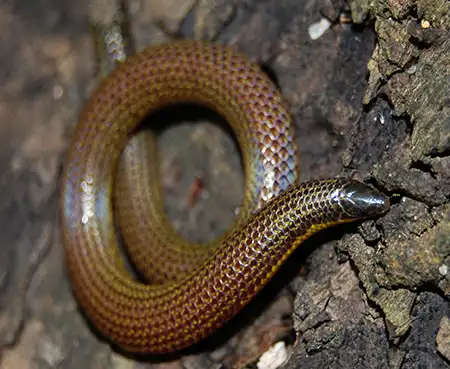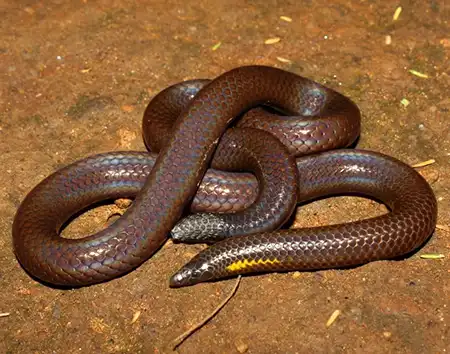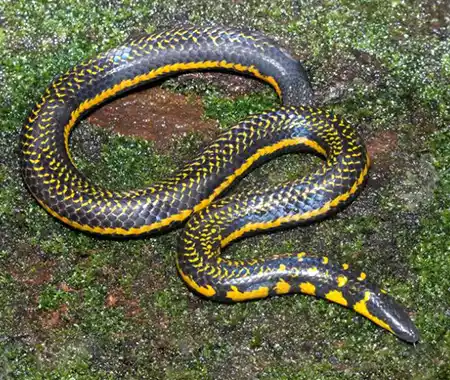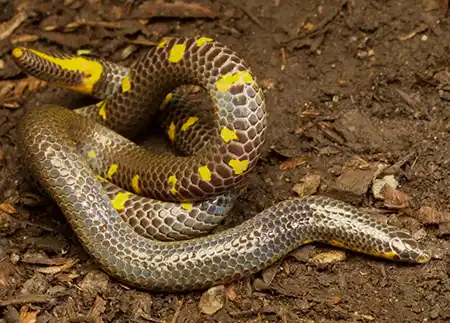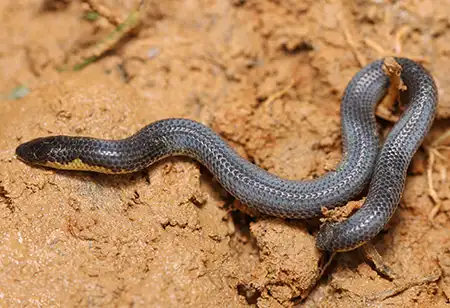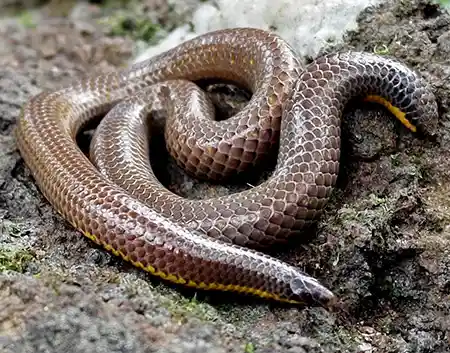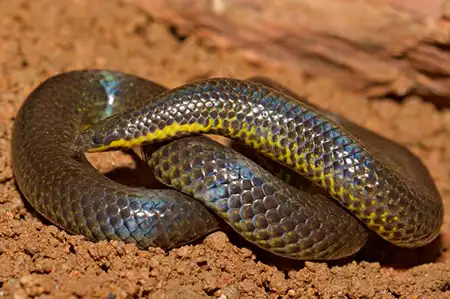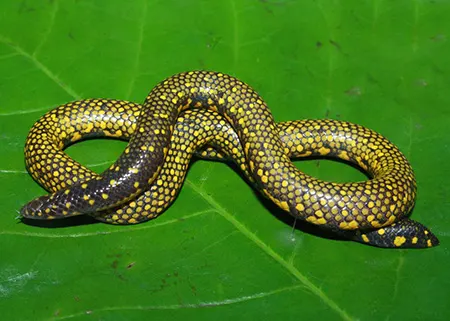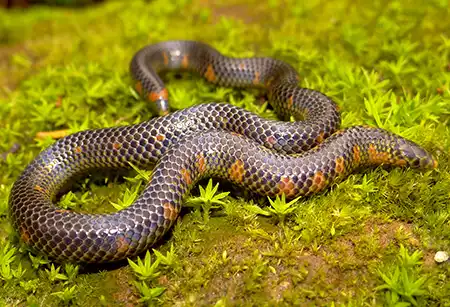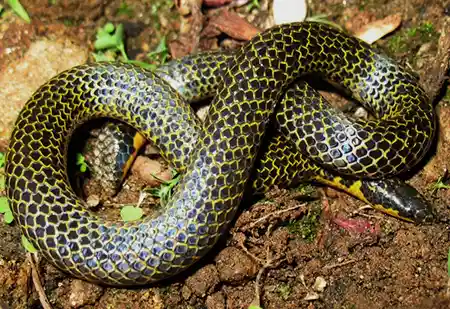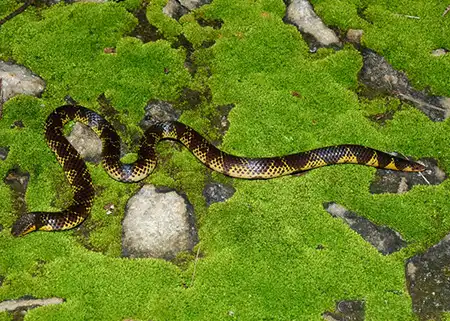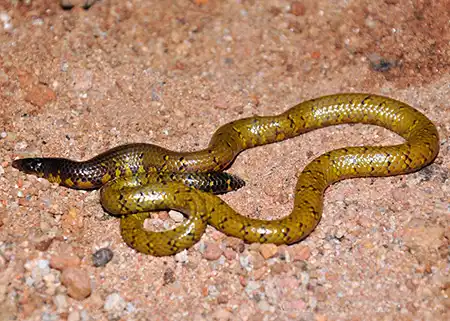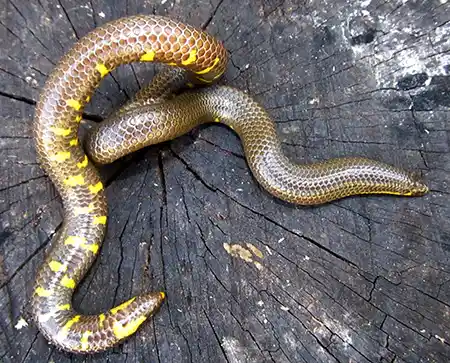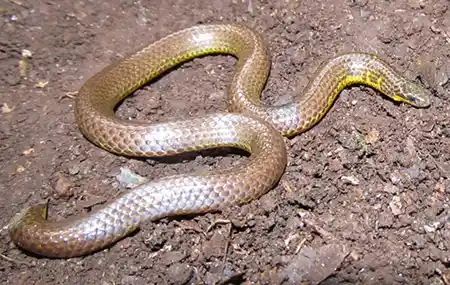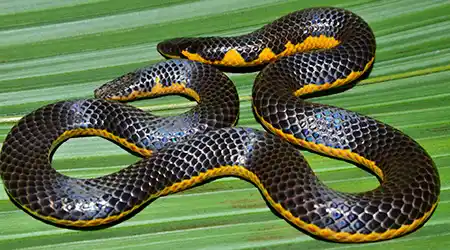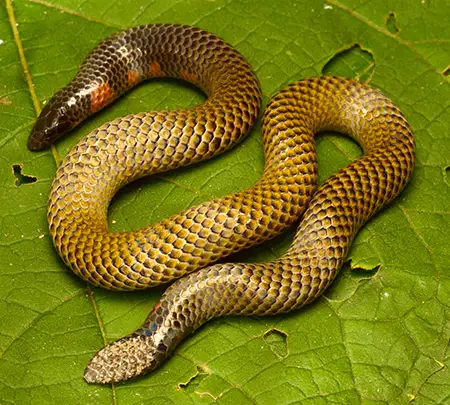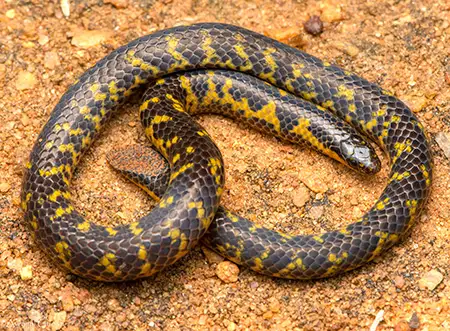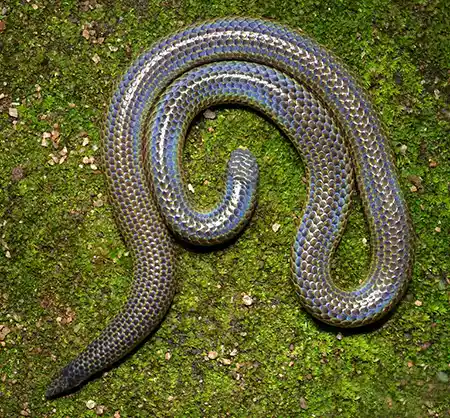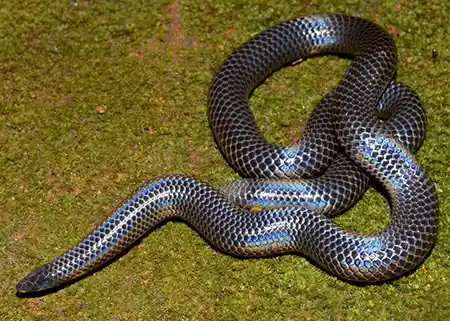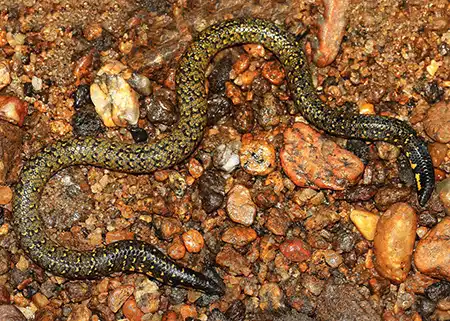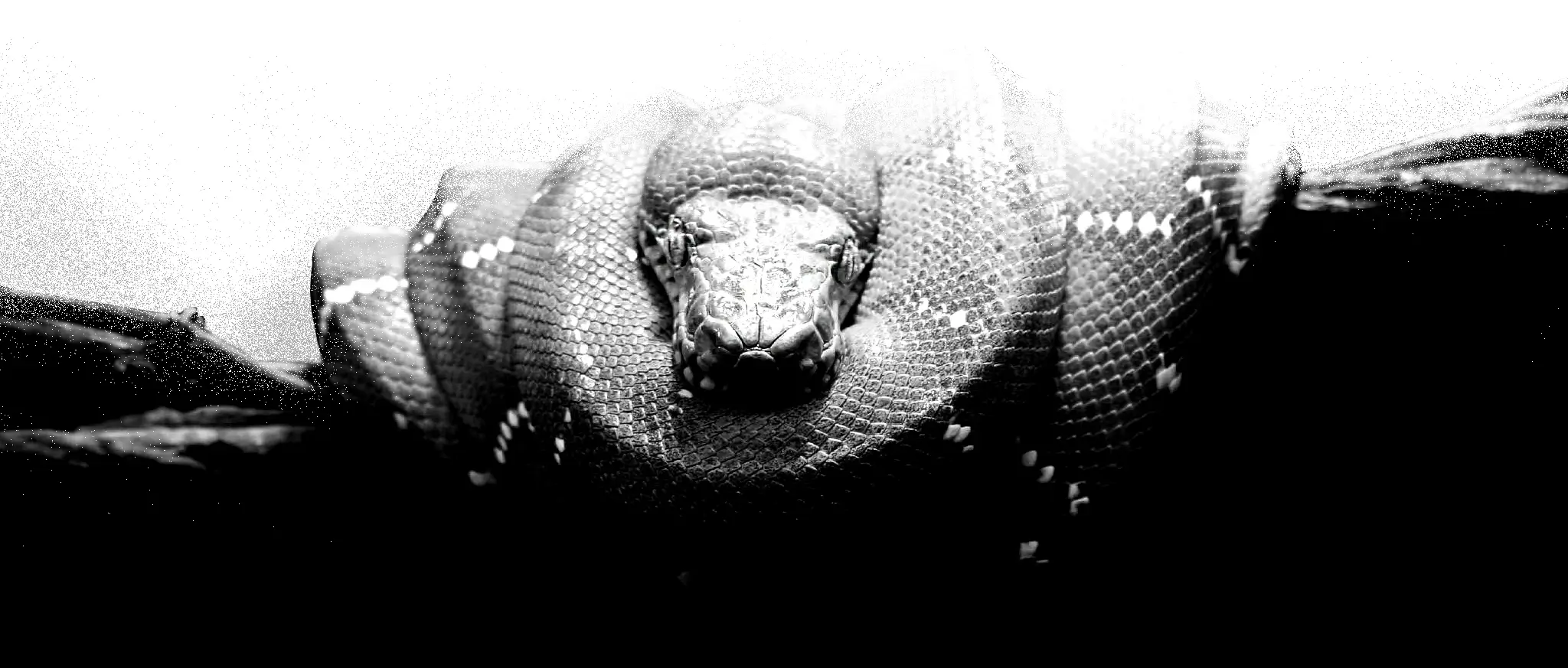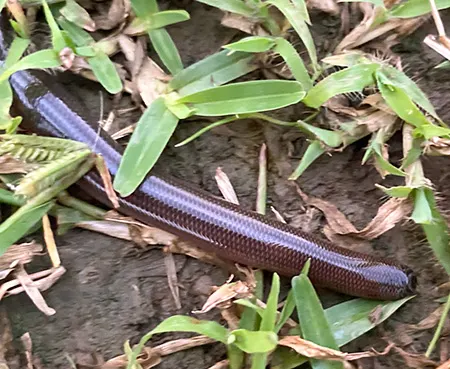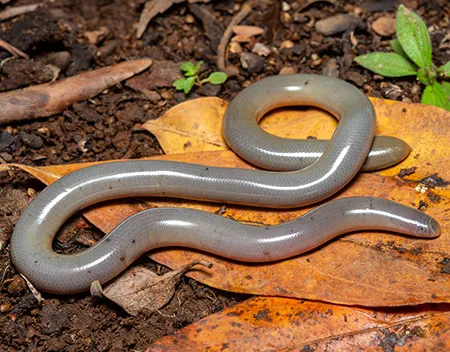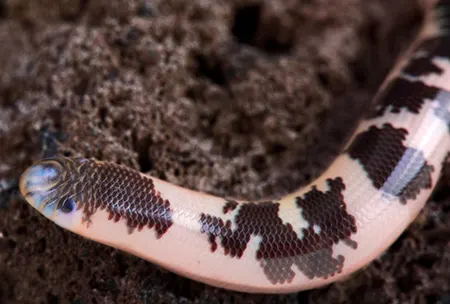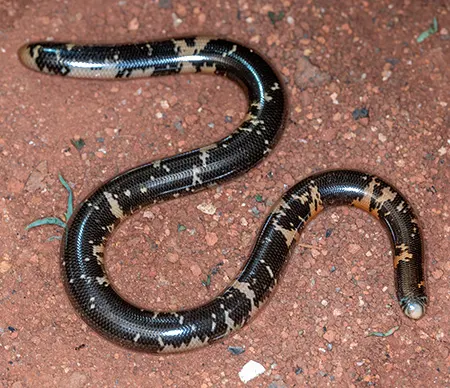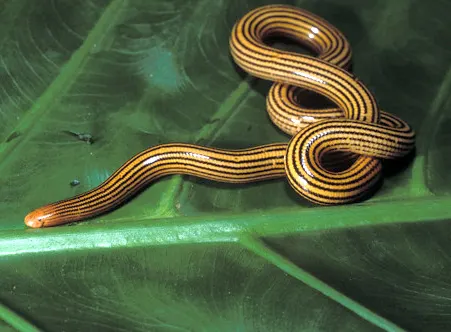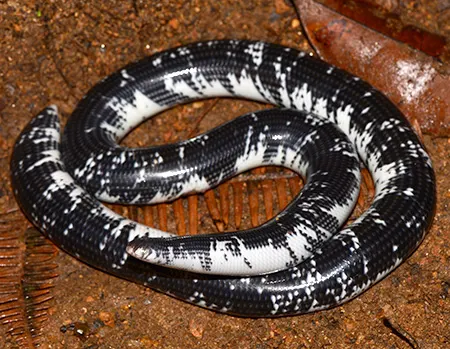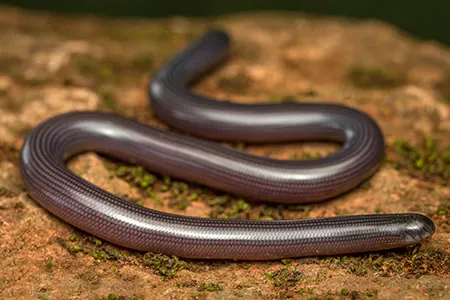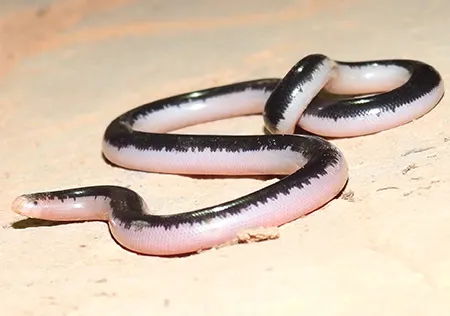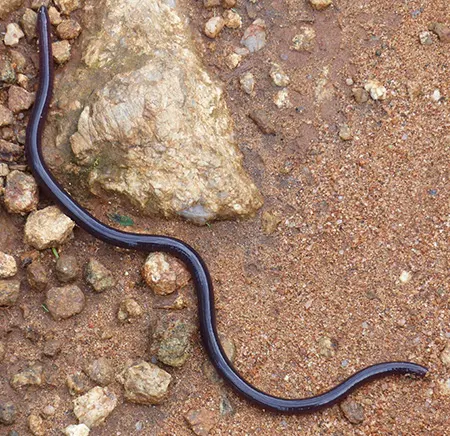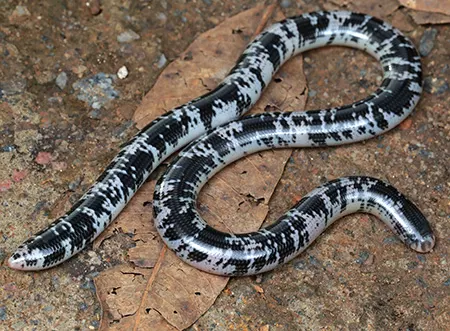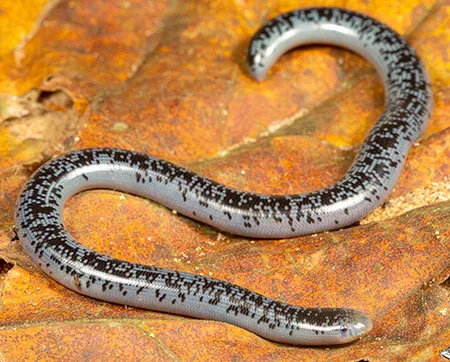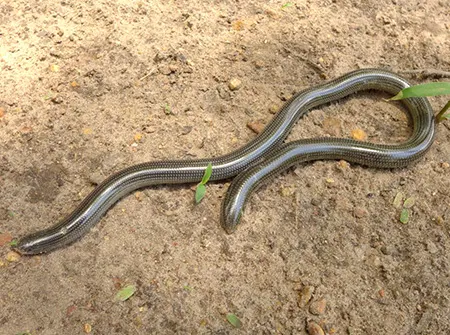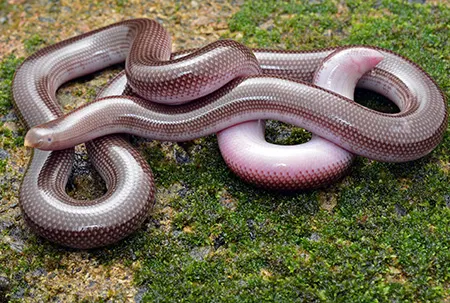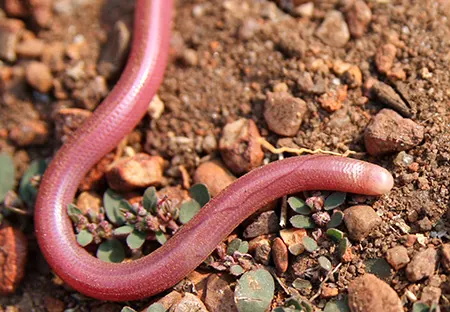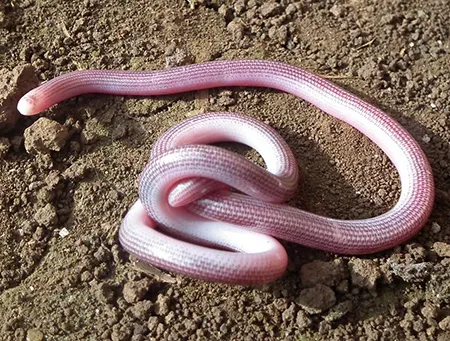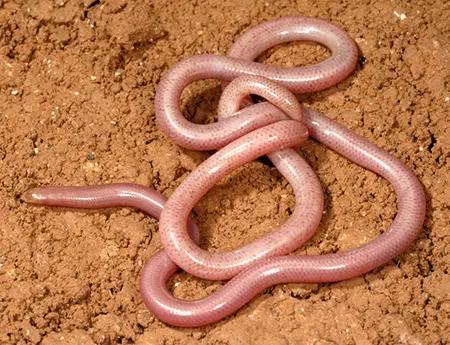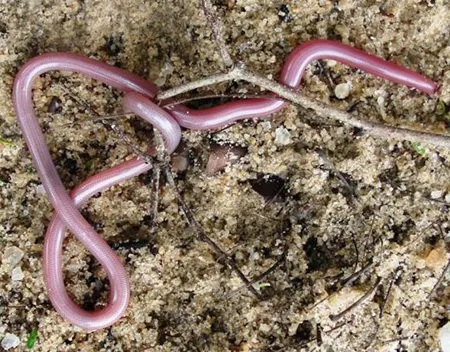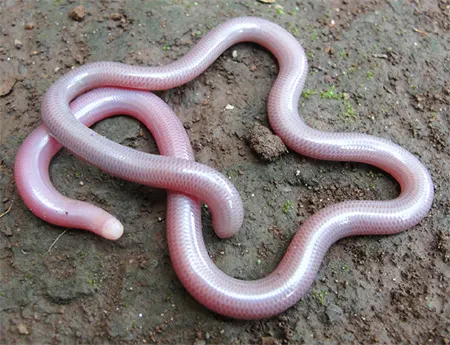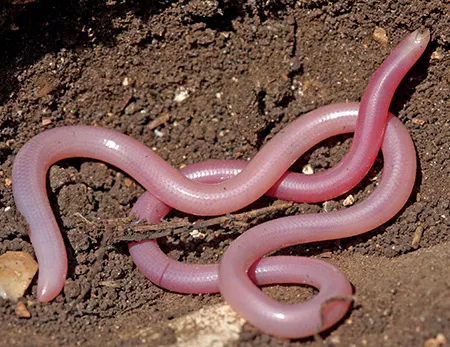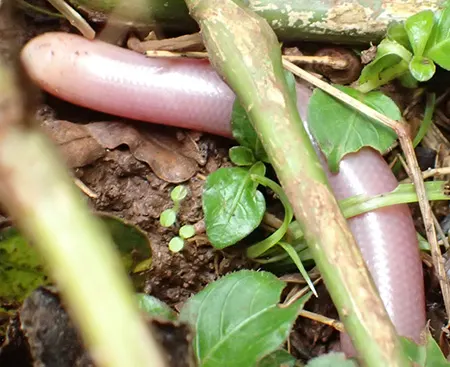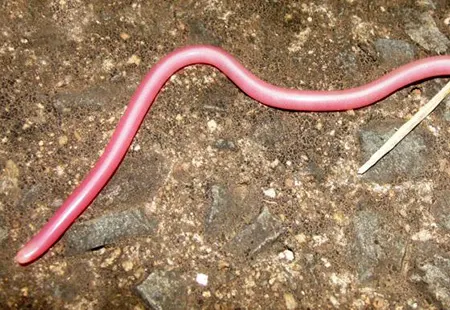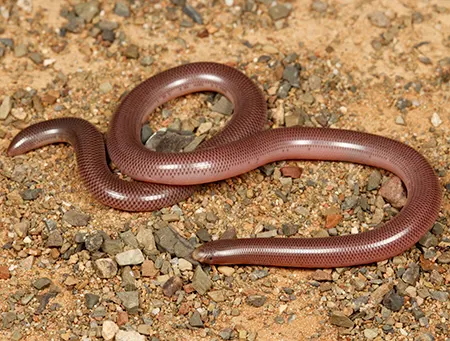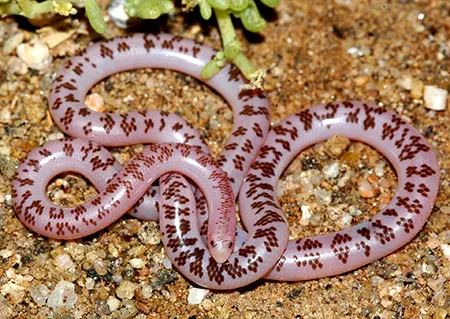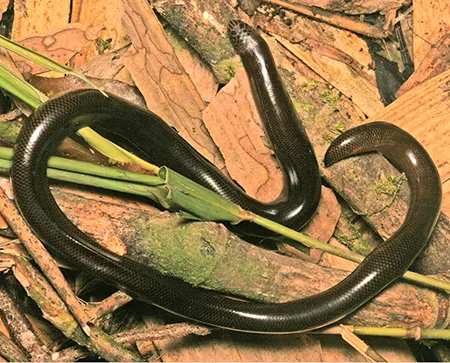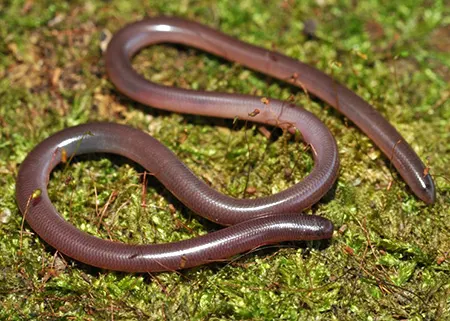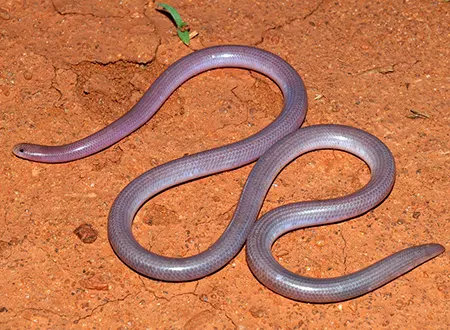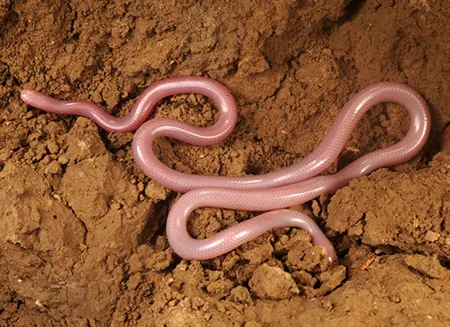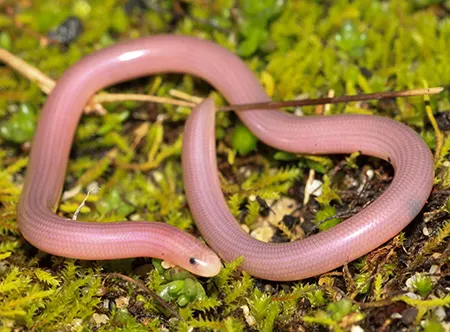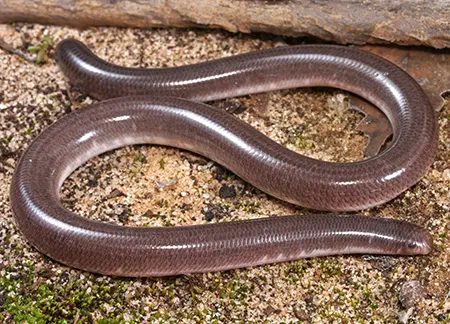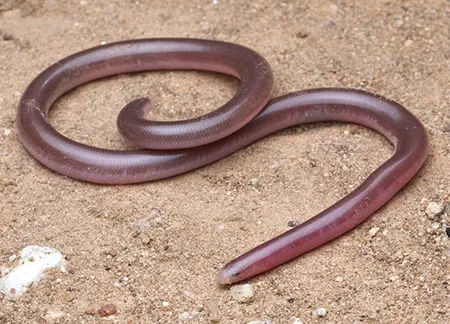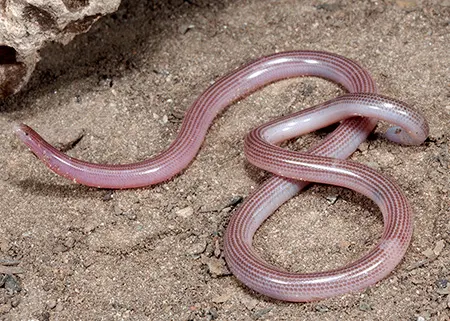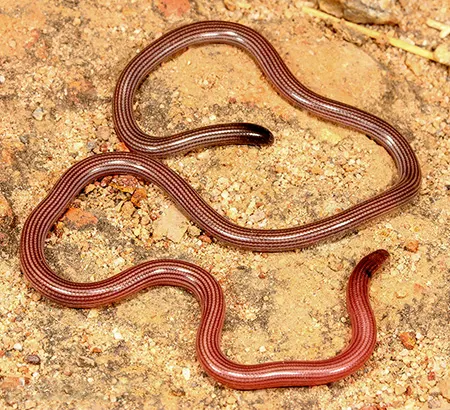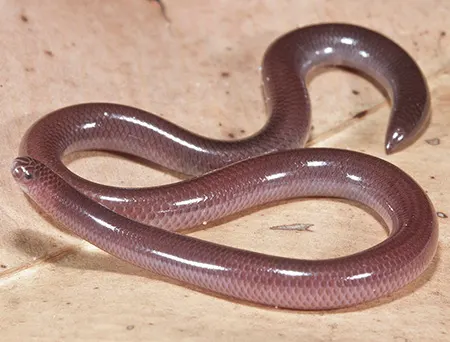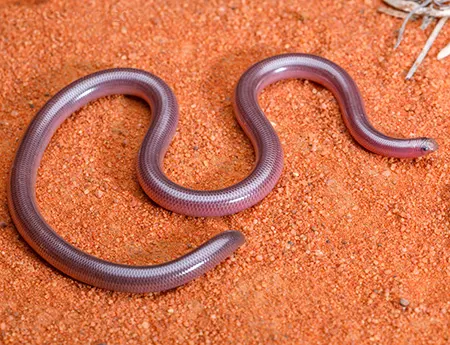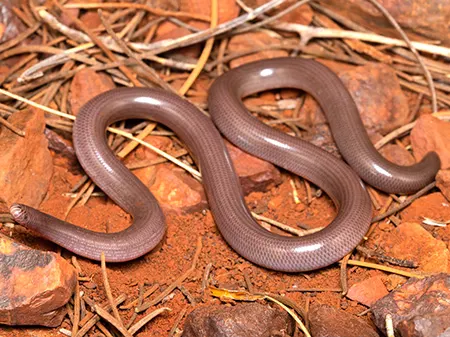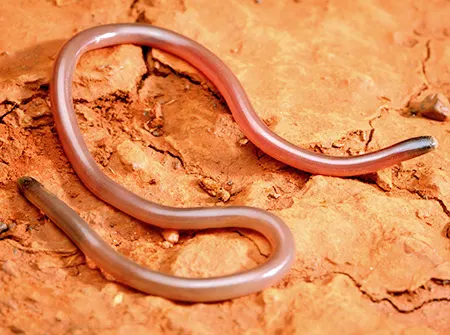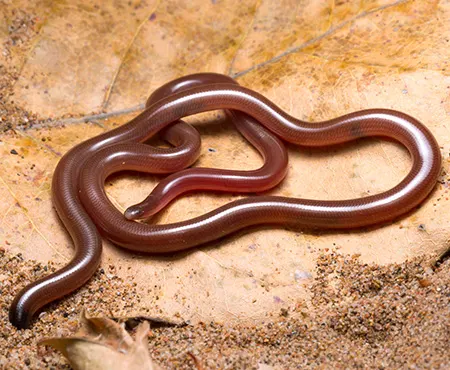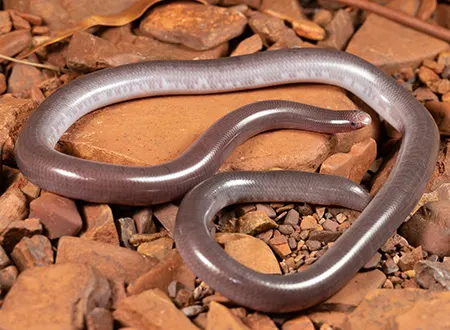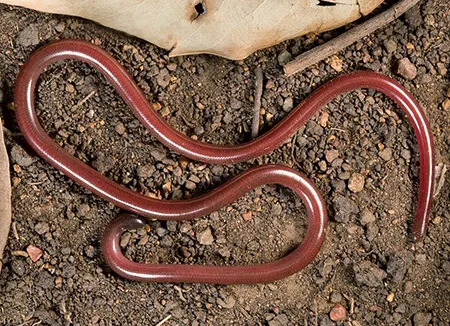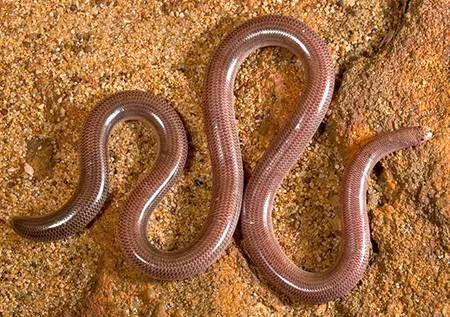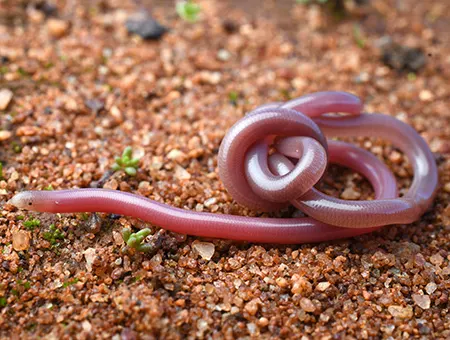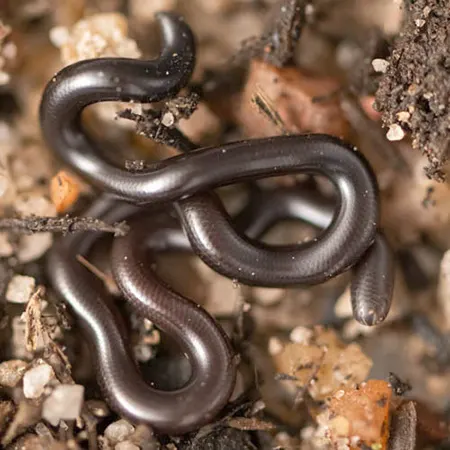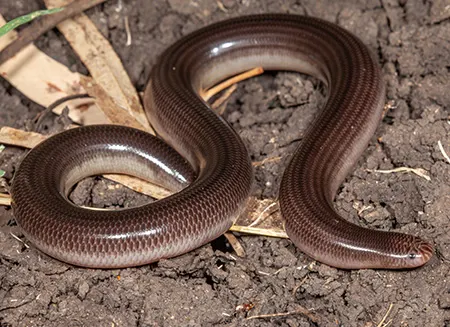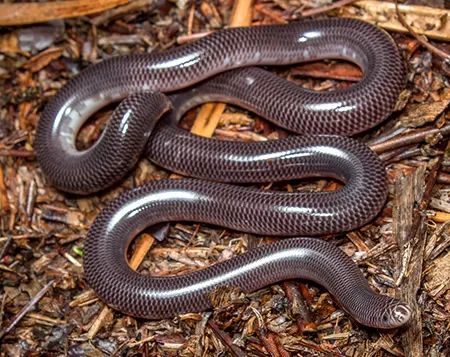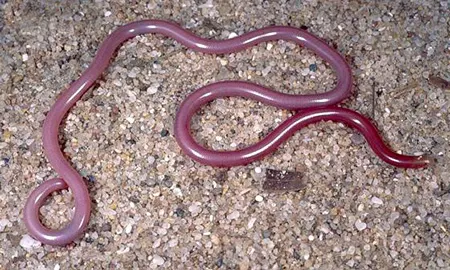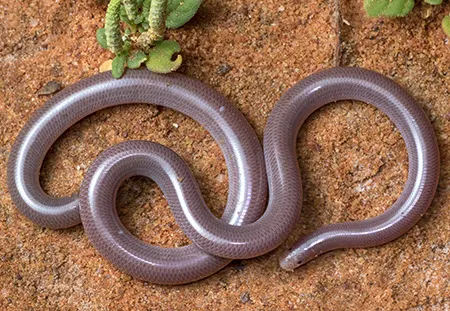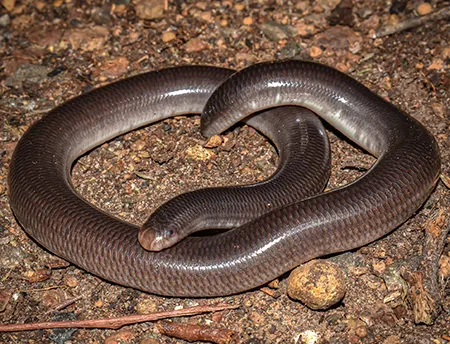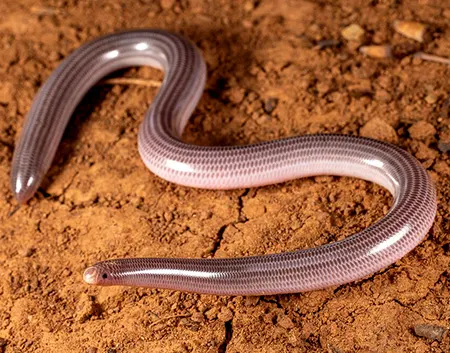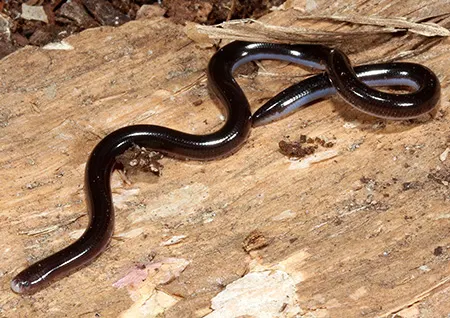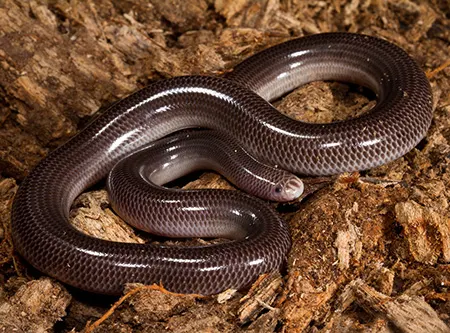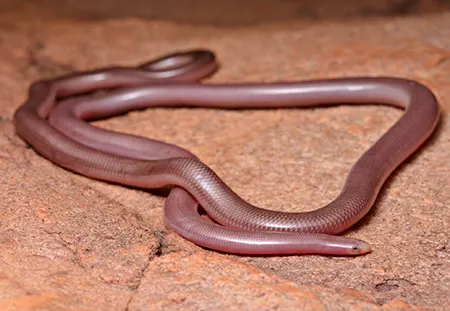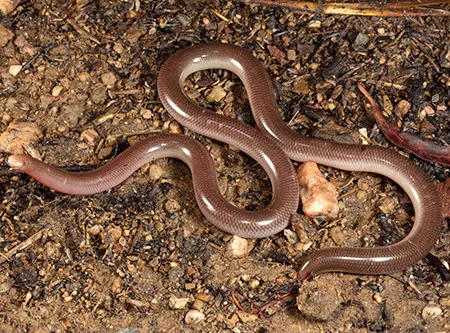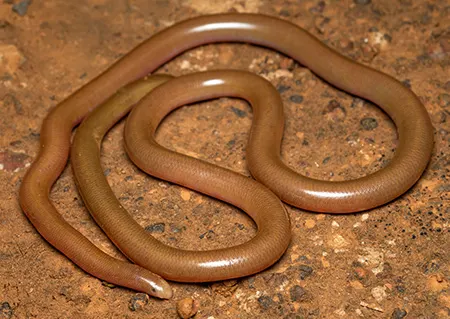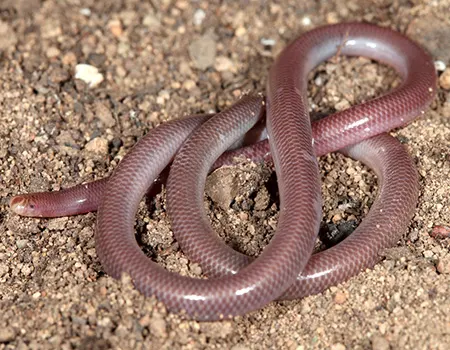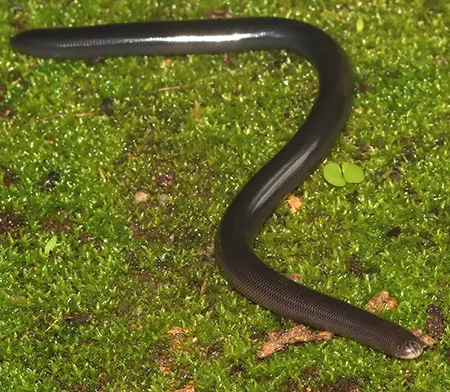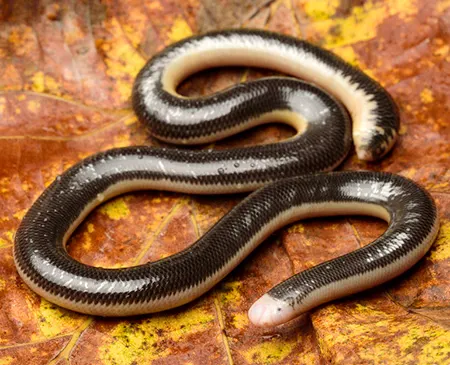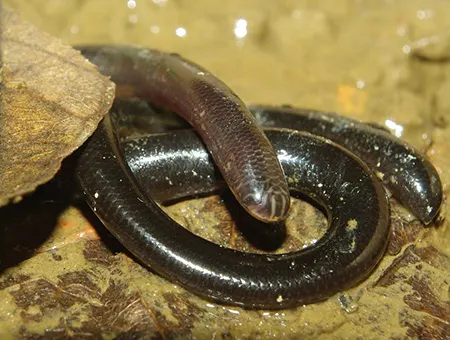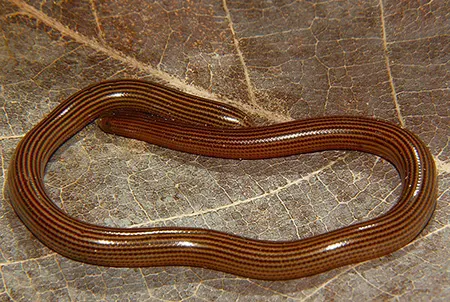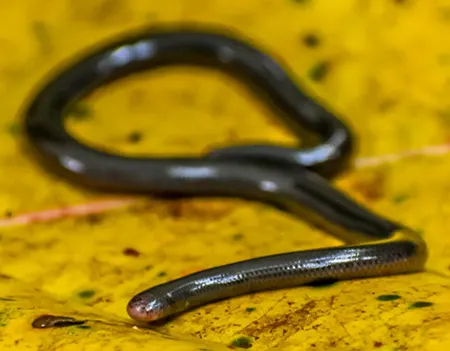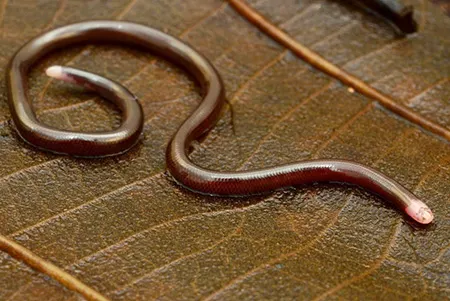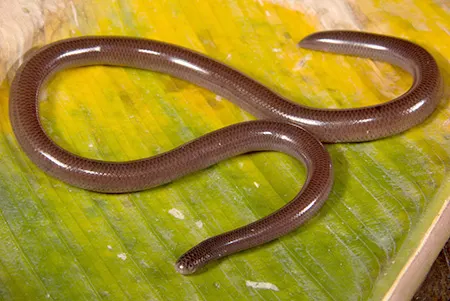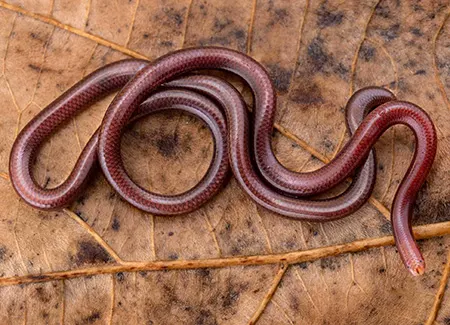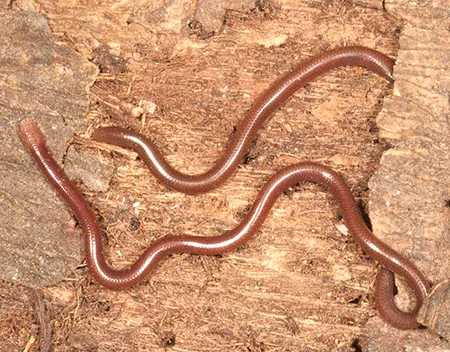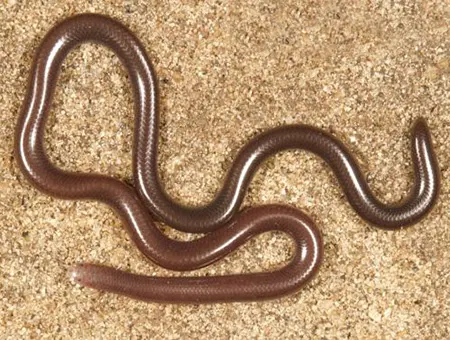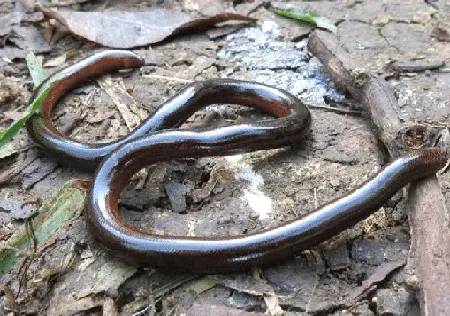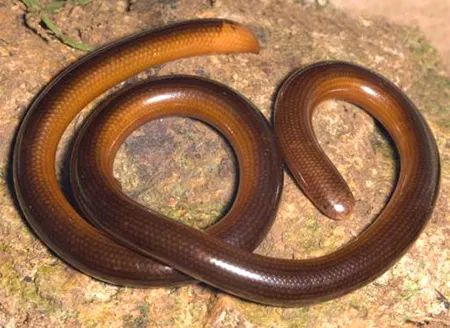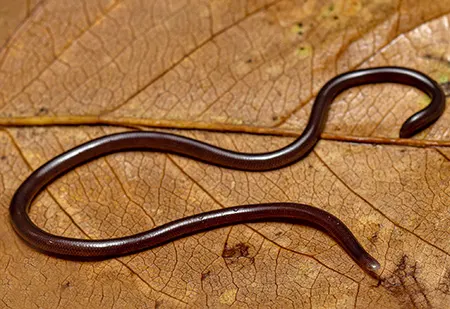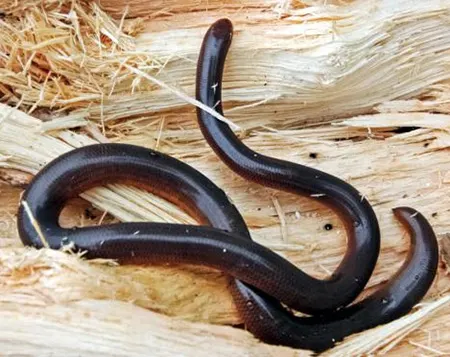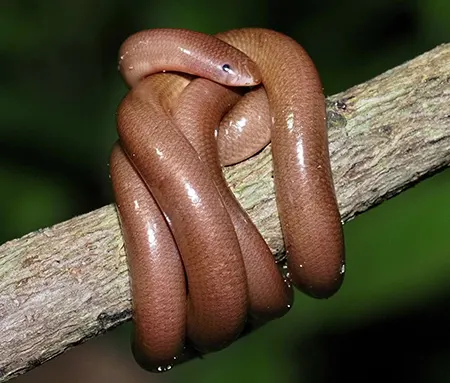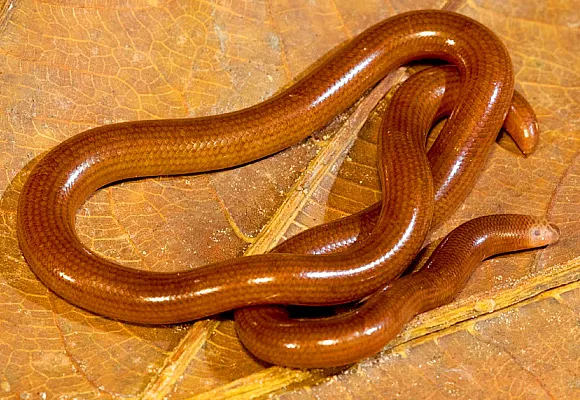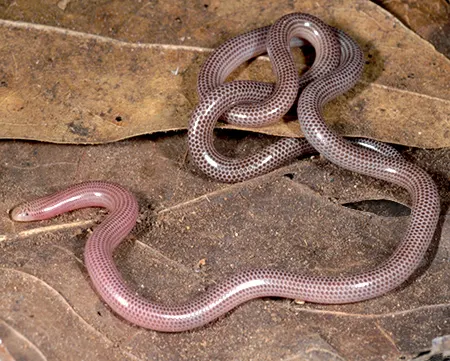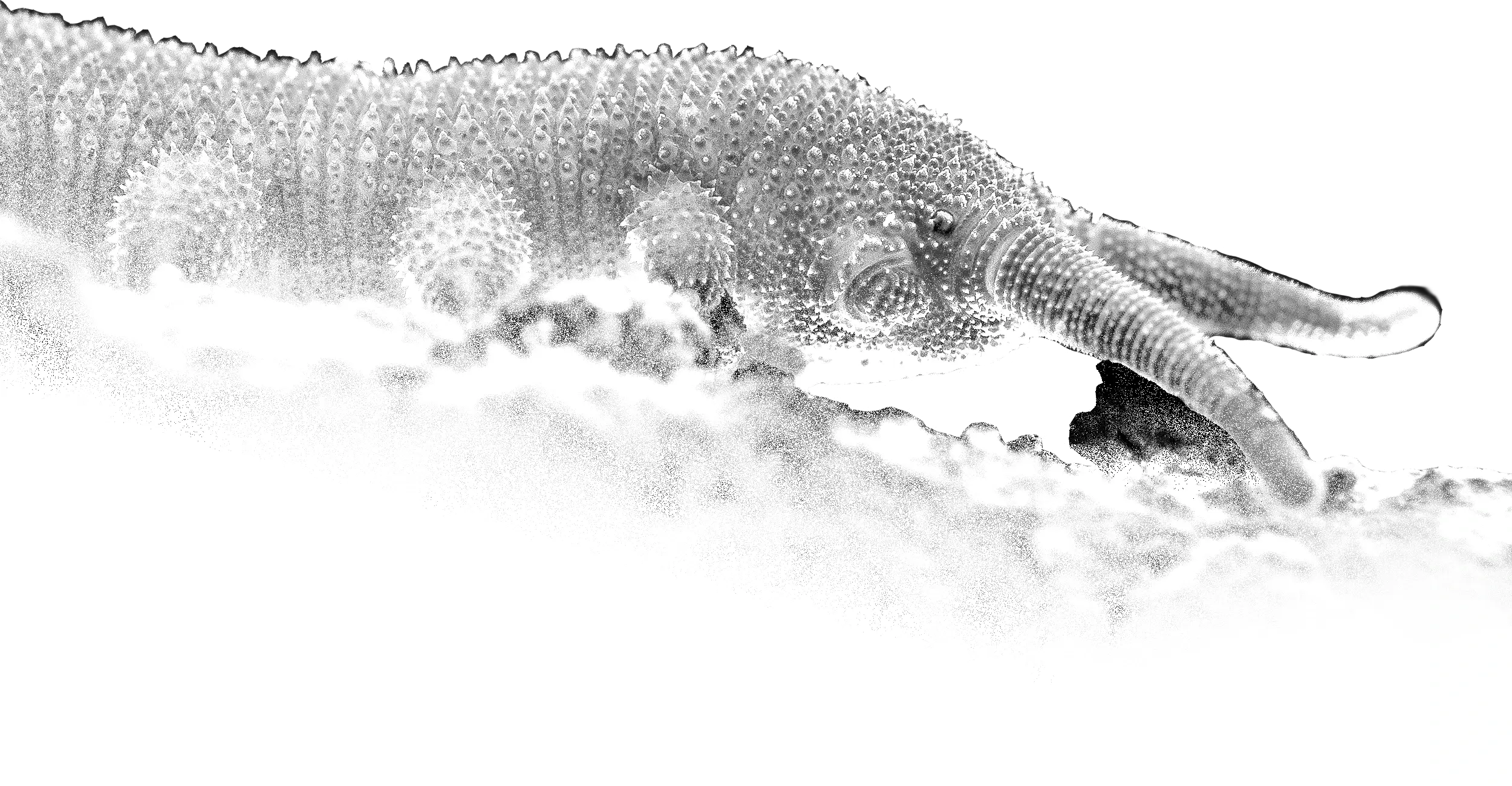
(Eutardigrade)
Smooth-bodied Tardigrades
Справжні тихоходи
Eutardigrada are a class of tardigrades (Tardigrada) without lateral appendages. Primarily freshwater bound, some species have secondarily gained the ability to live in marine environments (Halobiotus). By cryptobiosis many species are able to live temporarily in very dry environments. More than 700 species have been described.
The order Apochela consists of only one family, Milnesiidae, with two genera: Milnesium and Limmenius. Milnesium tardigradum can be found worldwide and is one of the biggest species among tardigrades (up to 1.4 mm); similar-looking species have been found in Cretaceous amber. The mouth of this predator has a wide opening, so the animal can eat rotifers and larger protists. Other eutardigrades belong to the order Parachela.
Order Apochela
Bergtrollus: Bergtrollus dzimbowski.Milnesioides: Milnesioides exsertum.Limmenius: Limmenius porcellus.
Milnesium: Milnesium alabamae, Milnesium almatyense, Milnesium alpigenum, Milnesium antarcticum, Milnesium argentinum, Milnesium asiaticum, Milnesium barbadosense, Milnesium beasleyi, Milnesium beatae, Milnesium berladnicorum, Milnesium bohleberi, Milnesium brachyungue, Milnesium cassandrae, Milnesium burgessi, Milnesium dornensis, Milnesium dujiangensis, Milnesium eurystomum, Milnesium fridae, Milnesium granulatum, Milnesium jacobi, Milnesium katarzynae, Milnesium kogui, Milnesium krzysztofi, Milnesium lagniappe, Milnesium longiungue, Milnesium minutum, Milnesium quadrifidum, Milnesium rastrum, Milnesium reductum, Milnesium reticulatum, Milnesium sandrae, Milnesium shilohae, Milnesium swansoni, Milnesium tardigradum, Milnesium tetralamellatum, Milnesium tumanovi, Milnesium validum, Milnesium variefidum, Milnesium vorax, Milnesium zsalakoae.
Order Parachela
Austeruseus: Austeruseus balduri, Austeruseus faeroensis, Austeruseus rokuri.
Bertolanius: Bertolanius birnae, Bertolanius mahunkai, Bertolanius markevichi, Bertolanius nebulosus, Bertolanius portucalensis, Bertolanius smreczynskii, Bertolanius volubilis, Bertolanius weglarskae.
Eohypsibius: Eohypsibius nadjae, Eohypsibius terrestris.
Calohypsibius: Calohypsibius maliki, Calohypsibius ornatus, Calohypsibius placophorus, Calohypsibius schusteri, Calohypsibius verrucosus.
Haplohexapodibius: Haplohexapodibius seductor.
Haplomacrobiotus: Haplomacrobiotus hermosillensis, Haplomacrobiotus utahensis.
Hexapodibius: Hexapodibius bindae, Hexapodibius boothi, Hexapodibius christenberryae, Hexapodibius micronyx, Hexapodibius pseudomicronyx, Hexapodibius reginae.
Parhexapodibius: Parhexapodibius bactrianus, Parhexapodibius castrii, Parhexapodibius lagrecai, Parhexapodibius pilatoi, Parhexapodibius ramazzottii.
Bindius: Bindius triquetrus.
Diphascon: Diphascon arduifrons, Diphascon behanae, Diphascon belgicae, Diphascon carolae, Diphascon clavatum, Diphascon gordonense, Diphascon greveni, Diphascon maucci, Diphascon modestum, Diphascon montigenum, Diphascon onorei, Diphascon prorsirostre, Diphascon scoticum, Diphascon tricuspidatum, Diphascon triodon, Diphascon aculeatum, Diphascon alpinum, Diphascon australianum, Diphascon bidropion, Diphascon birklehofi, Diphascon bisbullatum, Diphascon boreale, Diphascon brevipes, Diphascon bullatum, Diphascon burti, Diphascon chilenense, Diphascon claxtonae, Diphascon dastychi, Diphascon dolmiticum, Diphascon elongatum, Diphascon faialense, Diphascon gerdae, Diphascon granifer, Diphascon halapiense, Diphascon higginsi, Diphascon humicus, Diphascon hydrophilum, Diphascon iharosi, Diphascon iltisi, Diphascon langhovdense, Diphascon latipes, Diphascon mirabilis, Diphascon mitrense, Diphascon nelsonae, Diphascon nobilei, Diphascon nodulosum, Diphascon nonbullatum, Diphascon oculatum, Diphascon ongulense, Diphascon opisthoglyptum, Diphascon patanei, Diphascon pingue, Diphascon pinguiforme, Diphascon platyungue, Diphascon polare, Diphascon puniceum, Diphascon ramazzottii, Diphascon recamieri, Diphascon rugocaudatum, Diphascon rugosum, Diphascon sanae, Diphascon secchii, Diphascon serratum, iphascon sexbullatum, Diphascon stappersi, Diphascon tenue, Diphascon trachydorsatum, Diphascon victoriae, Diphascon zaniewi, Diphascon bicorne, Diphascon coniferens, Diphascon marcuzzii, Diphascon mariae, Diphascon punctatum, Diphascon rivulare, Diphascon speciosum.
Paradiphascon: Paradiphascon manningi.
Acutuncus: Acutuncus antarcticus.
Borealibius: Borealibius zetlandicus.
Hypsibius: Hypsibius allisoni, Hypsibius antonovae, Hypsibius arcticus, Hypsibius biscuitiformis, Hypsibius calcaratus, Hypsibius camelopardalis, Hypsibius choucoutiensis, Hypsibius conifer, Hypsibius convergens, Hypsibius dujardini, Hypsibius fuhrmanni, Hypsibius giusepperamazzotti, Hypsibius heardensis, Hypsibius hypostomus, Hypsibius iskandarovi, Hypsibius janetscheki, Hypsibius klebelsbergi, Hypsibius kunmingensis, Hypsibius macrocalcaratus, Hypsibius maculatus, Hypsibius marcelli, Hypsibius microps, Hypsibius montanus, Hypsibius morikawai, Hypsibius multituberculatus, Hypsibius novaezeelandiae, Hypsibius pachyunguis, Hypsibius pallidus, Hypsibius pallidoides, Hypsibius pedrottii, Hypsibius pradellii, Hypsibius ragonesei, Hypsibius roanensis, Hypsibius runae, Hypsibius scaber, Hypsibius scabropygus, Hypsibius septulatus, Hypsibius seychellensis, Hypsibius shaanxiensis, Hypsibius stiliferus, Hypsibius thaleri.
Astatumen: Astatumen bartosi, Astatumen tamaensis, Astatumen tamurai, Astatumen trinacriae.
Itaquascon: Itaquascon biserovi, Itaquascon cambewarrense, Itaquascon enckelli, Itaquascon globuliferum, Itaquascon mongolicus, Itaquascon pawlowskii, Itaquascon pisoniae, Itaquascon placophorum, Itaquascon simplex, Itaquascon umbellinae, Itaquascon unguiculum.
Mesocrista: Mesocrista marcusi, Mesocrista spitzbergensis.
Parascon: Parascon nichollsae, Parascon schusteri.
Platicrista: Platicrista affine, Platicrista angustata, Platicrista cheleusis, Platicrista horribilis, Platicrista itaquasconoide, Platicrista ramsayi.
Fractonotus: Fractonotus caelatus.
Microhypsibius: Microhypsibius bertolanii, Microhypsibius japonicus, Microhypsibius minimus, Microhypsibius truncatus.
Hebesuncus: Hebesuncus conjungens, Hebesuncus ryani, Hebesuncus schusteri.
Ramazzottius: Ramazzottius affinis, Ramazzottius agannae, Ramazzottius andreevi, Ramazzottius anomalus, Ramazzottius baumanni, Ramazzottius belubellus, Ramazzottius bunikowskae, Ramazzottius cataphractus, Ramazzottius caucasicus, Ramazzottius edmondabouti, Ramazzottius horningi, Ramazzottius ljudmilae, Ramazzottius montivagus, Ramazzottius nivalis, Ramazzottius novemcinctus, Ramazzottius oberhaeuseri, Ramazzottius rupeus, Ramazzottius saltensis, Ramazzottius semisculptus, Ramazzottius subanomalus, Ramazzottius szeptycki, Ramazzottius theroni, Ramazzottius thulini, Ramazzottius tribulosus, Ramazzottius valaamis, Ramazzottius varieornatus.
Doryphoribius: Doryphoribius amazzonicus, Doryphoribius bertolanii, Doryphoribius bindae, Doryphoribius dawkinsi, Doryphoribius doryphorus, Doryphoribius dupliglobulatus, Doryphoribius evelinae, Doryphoribius flavus, Doryphoribius gibber, Doryphoribius huangguoshuensis, Doryphoribius koreanus, Doryphoribius korganovae, Doryphoribius longistipes, Doryphoribius macrodon, Doryphoribius maranguensis, Doryphoribius mariae, Doryphoribius mexicanus, Doryphoribius minimus, Doryphoribius neglectus, Doryphoribius picoensis, Doryphoribius pilatoi, Doryphoribius polynettae, Doryphoribius qinlingense, Doryphoribius quadrituberculatus, Doryphoribius smokiensis, Doryphoribius solidunguis, Doryphoribius taiwanus, Doryphoribius tergumrudis, Doryphoribius tessellatus, Doryphoribius turkmenicus, Doryphoribius vietnamensis, Doryphoribius zappalai, Doryphoribius zyxiglobus.
Eremobiotus: Eremobiotus alicatai, Eremobiotus ovezovae.
Halobiotus: Halobiotus arcturulius, Halobiotus crispae, Halobiotus stenostomus.
Isohypsibius: Isohypsibius altai, Isohypsibius annulatus, Isohypsibius arbiter, Isohypsibius archangajensis, Isohypsibius arcuatus, Isohypsibius asper, Isohypsibius austriacus, Isohypsibius baicalensis, Isohypsibius baldii, Isohypsibius baldiioides, Isohypsibius barbarae, Isohypsibius bartosi, Isohypsibius basalovoi, Isohypsibius belliformis, Isohypsibius bellus, Isohypsibius borkini, Isohypsibius brevispinosus, Isohypsibius brevitubulatus, Isohypsibius brulloi, Isohypsibius bulbifer, Isohypsibius cameruni, Isohypsibius campbellensis, Isohypsibius canadensis, Isohypsibius ceciliae, Isohypsibius changbaiensis, Isohypsibius chiarae, Isohypsibius costatus, Isohypsibius cyrilli, Isohypsibius damxungensis, Isohypsibius dastychi, Isohypsibius deconincki, Isohypsibius deflexus, Isohypsibius dudichi, Isohypsibius duranteae, Isohypsibius effusus, Isohypsibius elegans, Isohypsibius eplenyiensis, Isohypsibius franzi, Isohypsibius fuscus, Isohypsibius gilvus, Isohypsibius glaber, Isohypsibius glazovi, Isohypsibius gracilis, Isohypsibius granditintinus, Isohypsibius granulifer, Isohypsibius gyulai, Isohypsibius hadzii, Isohypsibius helenae, Isohypsibius hydrogogianus, Isohypsibius hypostomoides, Isohypsibius improvisus, Isohypsibius indicus, Isohypsibius irregibilis, Isohypsibius jakieli, Isohypsibius jingshanensis, Isohypsibius jinhouensis. Isohypsibius josephi, Isohypsibius kenodontis, Isohypsibius kotovae, Isohypsibius kristenseni, Isohypsibius ladogensis, Isohypsibius laevis, Isohypsibius latiunguis, Isohypsibius leithaicus, Isohypsibius liae, Isohypsibius lineatus, Isohypsibius longiunguis, Isohypsibius lunulatus, Isohypsibius macrodactylus, Isohypsibius malawiensis, Isohypsibius mammillosus, Isohypsibius marcellinoi, Isohypsibius marii, Isohypsibius mihelcici, Isohypsibius monoicus, Isohypsibius monstruosus, Isohypsibius montanus, Isohypsibius myrops, Isohypsibius neoundulatus, Isohypsibius nipponicus, Isohypsibius nodosus, Isohypsibius novaeguineae, Isohypsibius palmai, Isohypsibius panovi, Isohypsibius papillifer, Isohypsibius pappi, Isohypsibius pauper, Isohypsibius pilatoi, Isohypsibius pratensis, Isohypsibius prosostomus, Isohypsibius pseudoundulatus, Isohypsibius pulcher, Isohypsibius pushkini, Isohypsibius qinlingensis, Isohypsibius rahmi, Isohypsibius reticulatus, Isohypsibius roberti, Isohypsibius ronsisvallei, Isohypsibius rudescui, Isohypsibius rugosus, Isohypsibius sabellai, Isohypsibius sattleri, Isohypsibius schaudinni, Isohypsibius sculptus, Isohypsibius sellnicki, Isohypsibius septentrionalis, Isohypsibius silvicola, Isohypsibius sismicus, Isohypsibius solidus, Isohypsibius taibaiensis, Isohypsibius tetradactyloides, Isohypsibius theresiae, Isohypsibius torulosus, Isohypsibius truncorum, Isohypsibius tuberculatus, Isohypsibius tuberculoides, Isohypsibius tubereticulatus, Isohypsibius tucumanensis, Isohypsibius undulatus, Isohypsibius vejdovskyi, Isohypsibius verae, Isohypsibius verrucosus, Isohypsibius wilsoni, Isohypsibius woodsae, Isohypsibius yunnanensis.
Mixibius: Mixibius fueginus, Mixibius ninguidus, Mixibius ornatus, Mixibius pilatoi, Mixibius saracenus, Mixibius schnurae, Mixibius sutirae, Mixibius tibetanus.
Pseudobiotus: Pseudobiotus hirsutellus, Pseudobiotus kathmanae, Pseudobiotus longiunguis, Pseudobiotus matici, Pseudobiotus megalonyx, Pseudobiotus spinifer, Pseudobiotus vladimiri .
Ramajendas: Ramajendas frigidus, Ramajendas heatwolei, Ramajendas renaudi.
Thalerius: Thalerius konradi.
Thulinius: Thulinius augusti, Thulinius itoi, Thulinius ruffoi, Thulinius saltursus, Thulinius stephaniae.
Adorybiotus: Adorybiotus granulatus.
Biserovus: Biserovus bindae.
Calcarobiotus: Calcarobiotus digeronimoi, Calcarobiotus filmeri, Calcarobiotus gildae, Calcarobiotus hainanensis, Calcarobiotus imperialis, Calcarobiotus longinoi, Calcarobiotus occultus, Calcarobiotus parvicalcar, Calcarobiotus polygonatus, Calcarobiotus tetrannulatus.
Famelobiotus: Famelobiotus scalicii.
Insuetifurca: Insuetifurca arrowsmithi, Insuetifurca austronipponica, Insuetifurca fujiense, Insuetifurca xiae.
Macrobiotus: Macrobiotus acadianus, Macrobiotus almadai, Macrobiotus alvaroi, Macrobiotus anderssoni, Macrobiotus andinus, Macrobiotus anemone, Macrobiotus annewintersae, Macrobiotus ariekammensis, Macrobiotus azzunae, Macrobiotus basiatus, Macrobiotus birendrai, Macrobiotus biserovi, Macrobiotus caelestis, Macrobiotus caelicola, Macrobiotus canaricus, Macrobiotus caymanensis, Macrobiotus crenulatus, Macrobiotus crustulus, Macrobiotus dariae, Macrobiotus deceptor, Macrobiotus denticulus, Macrobiotus diversus, Macrobiotus dolosus, Macrobiotus drakensbergi, Macrobiotus dulciporus, Macrobiotus echinogenitus, Macrobiotus engbergi, Macrobiotus fontourai, Macrobiotus furcatus, Macrobiotus glebkai, Macrobiotus grandis, Macrobiotus gretae, Macrobiotus halophilus, Macrobiotus hannae, Macrobiotus horningi, Macrobiotus hufelandi, Macrobiotus humilis, Macrobiotus hupingensis, Macrobiotus hyperboreus, Macrobiotus iharosi, Macrobiotus insularis, Macrobiotus joannae, Macrobiotus julianae, Macrobiotus kamilae, Macrobiotus kazmierskii, Macrobiotus kirghizicus, Macrobiotus kosmali, Macrobiotus kristenseni, Macrobiotus kurasi, Macrobiotus lazzaroi, Macrobiotus lissostomus, Macrobiotus longipes, Macrobiotus macrocalix, Macrobiotus maculatus, Macrobiotus madegassus, Macrobiotus mandalaae, Macrobiotus margoae, Macrobiotus marlenae, Macrobiotus martini, Macrobiotus mileri, Macrobiotus modestus, Macrobiotus muralis, Macrobiotus naginae, Macrobiotus naskreckii, Macrobiotus nebrodensis, Macrobiotus nelsonae, Macrobiotus noemiae, Macrobiotus noongaris, Macrobiotus norvegicus, Macrobiotus occidentalis, Macrobiotus occidentalis, Macrobiotus ocotensis, Macrobiotus ovovittatus, Macrobiotus pallarii, Macrobiotus papei, Macrobiotus patagonicus, Macrobiotus paulinae, Macrobiotus persimilis, Macrobiotus personatus, Macrobiotus peteri, Macrobiotus pisacensis, Macrobiotus polonicus, Macrobiotus polyopus, Macrobiotus polypiformis, Macrobiotus porifini, Macrobiotus primitivae, Macrobiotus psephus, Macrobiotus pseudofurcatus, Macrobiotus pseudohufelandi, Macrobiotus pseudopallarii, Macrobiotus punctillus, Macrobiotus radiatus, Macrobiotus ragonesei, Macrobiotus ramoli, Macrobiotus rawsoni, Macrobiotus rebecchii, Macrobiotus recens, Macrobiotus richtersi, Macrobiotus ripperi, Macrobiotus rybaki, Macrobiotus sandrae, Macrobiotus santoroi, Macrobiotus sapiens, Macrobiotus scoticus, Macrobiotus semmelweisi, Macrobiotus serratus, Macrobiotus seychellensis, Macrobiotus shonaicus, Macrobiotus siderophilus, Macrobiotus sottilei, Macrobiotus terminalis, Macrobiotus trunovae, Macrobiotus vanescens, Macrobiotus vladimiri, Macrobiotus wandae, Macrobiotus wuyishanensis, Macrobiotus yunshanensis, Macrobiotus tonollii.
Minibiotus: Minibiotus acadianus, Minibiotus acontistus, Minibiotus aculeatus, Minibiotus africanus, Minibiotus allani, Minibiotus aquatilis, Minibiotus asteris, Minibiotus bisoctus, Minibiotus claxtonae, Minibiotus constellatus, Minibiotus continuus, Minibiotus crassidens, Minibiotus decrescens, Minibiotus diphasconides, Minibiotus eichhorni, Minibiotus ethelae, Minibiotus fallax, Minibiotus formosus, Minibiotus floriparus, Minibiotus furcatus, Minibiotus granatai, Minibiotus gumersindoi, Minibiotus harrylewisi, Minibiotus hispidus, Minibiotus hufelandioides, Minibiotus intermedius, Minibiotus jonesorum, Minibiotus julietae, Minibiotus keppelensis, Minibiotus maculartus, Minibiotus marcusi, Minibiotus milleri, Minibiotus orthofasciatus, Minibiotus pilatus, Minibiotus poricinctus, Minibiotus pustulatus, Minibiotus ramazzottii, Minibiotus scopulusMinibiotus, Minibiotus stuckenbergi, Minibiotus subintermedius, Minibiotus taiti, Minibiotus vinciguerrae, Minibiotus weglarskae, Minibiotus weinerorum, Minibiotus wuzhishanensis, Minibiotus xavieri.
Minilentus: Minilentus dubius.
Paramacrobiotus: Paramacrobiotus alekseevi, Paramacrobiotus areolatus, Paramacrobiotus beotiae, Paramacrobiotus centesimus, Paramacrobiotus chieregoi, Paramacrobiotus corgatensis, Paramacrobiotus crenatus, Paramacrobiotus csotiensis, Paramacrobiotus danielae, Paramacrobiotus derkai, Paramacrobiotus fairbanksi, Paramacrobiotus garynahi, Paramacrobiotus gerlachae, Paramacrobiotus huziori, Paramacrobiotus kenianus, Paramacrobiotus lorenae, Paramacrobiotus magdalenae, Paramacrobiotus palaui, Paramacrobiotus peteri, Paramacrobiotus richtersi, Paramacrobiotus rioplatensis, Paramacrobiotus savai, Paramacrobiotus tonollii, Paramacrobiotus vanescens, Paramacrobiotus walteri.
Pseudodiphascon: Pseudodiphascon inflexum.
Pseudohexapodibius: Pseudohexapodibius degenerans.
Richtersius: Richtersius coronifer.
Schusterius: Schusterius tridigitus.
Tenuibiotus: Tenuibiotus bondavallii, Tenuibiotus bozhkae, Tenuibiotus ciprianoi, Tenuibiotus danilovi, Tenuibiotus higginsi, Tenuibiotus hyperonyx, Tenuibiotus hystricogenitus, Tenuibiotus kozharai, Tenuibiotus mongolicus, Tenuibiotus tenuiformis, Tenuibiotus tenuis, Tenuibiotus voronkovi, Tenuibiotus willardi.
Xerobiotus: Xerobiotus euxinus, Xerobiotus pseudohufelandi, Xerobiotus xerophilus, Xerobiotus gretae.
Dactylobiotus: Dactylobiotus ambiguus, Dactylobiotus ampullaceus, Dactylobiotus aquatilis, Dactylobiotus caldarellai, Dactylobiotus dervizi, Dactylobiotus dispar, Dactylobiotus grandipes, Dactylobiotus haplonyx, Dactylobiotus henanensis, Dactylobiotus kansae, Dactylobiotus lombardoi, Dactylobiotus luci, Dactylobiotus macronyx, Dactylobiotus octavi, Dactylobiotus parthenogeneticus, Dactylobiotus selenicus, Dactylobiotus ovimutans.
Macroversum: Macroversum mirum.
Murrayon: Murrayon dianeae, Murrayon hastatus, Murrayon hibernicus, Murrayon nocentiniae, Murrayon ovoglabellus, Murrayon pullari.
Necopinatum: Necopinatum mirabile.
Apodibius: Apodibius confusus, Apodibius nuntius, Apodibius richardi.

(Acutuncus antarcticus)
It lives in Antarctica, and South Georgia Island and the South Sandwich Islands. It is found in terrestrial, marine and freshwater habitats, but are most commonly found in terrestrial habitats living in mosses, lichens, grasses, algae, soil and cyanophytan mats.
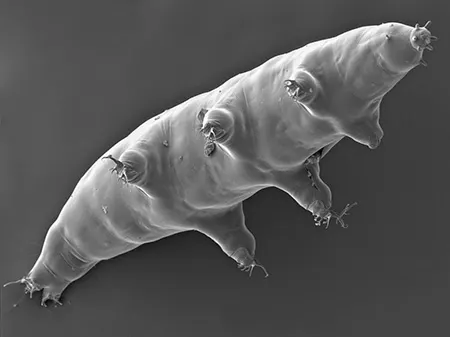
(Milnesium tardigradum)
It occupies mostly aquatic environments such as marine, coastal, and terrestrial areas.
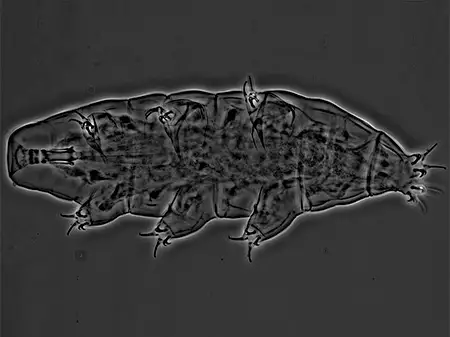
(Milnesium almatyense)
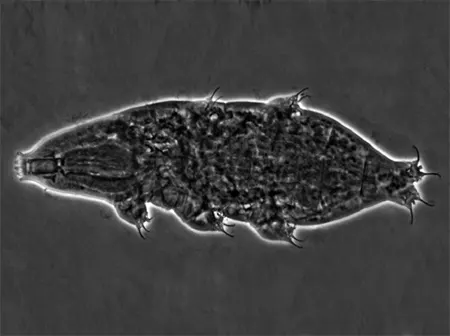
(Milnesium asiaticum)

(Milnesium berladnicorum)
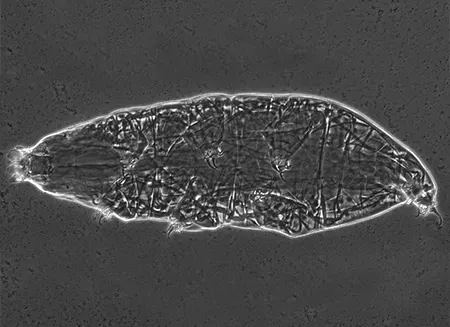
(Milnesium bohleberi)
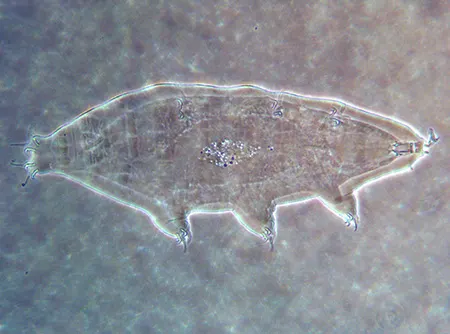
(Milnesium cassandrae)

(Milnesium granulatum)

(Milnesium tetralamellatum)
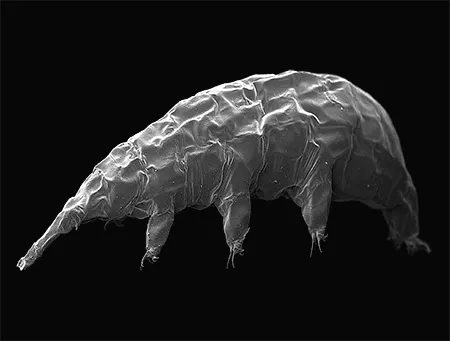
(Bergtrollus dzimbowski)

(Limmenius porcellus)
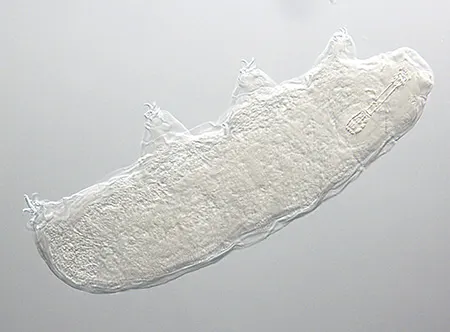
(Austeruseus faeroensis)
Its type locality is the summit of Vaðhorn Mountain on the island of Eysturoy in the Faroe Islands.

(Austeruseus rokuri)
It is endemic to the Faroe Islands.

(Bertolanius birnae)
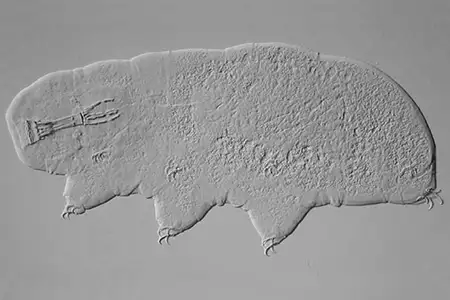
(Bertolanius weglarskae)

(Calohypsibius ornatus)
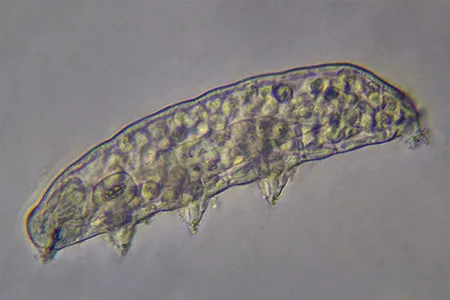
(Diphascon pingue)

(Diphascon brevipes)
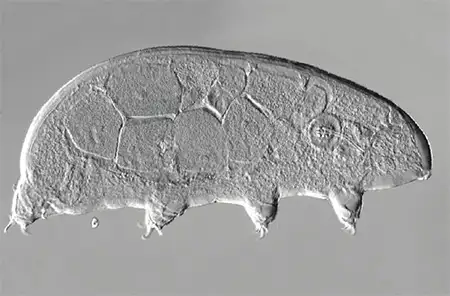
(Borealibius zetlandicus)
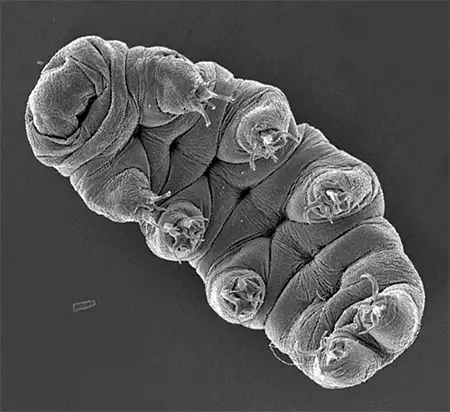
(Hypsibius dujardini)
It prefers freshwater lakes, rivers, and streams. Its geographical range is vast, extending from tropical regions to the polar zones.

(Hypsibius microps)

(Hypsibius scabropygus)

(Astatumen trinacriae)

(Mesocrista spitzbergensis)
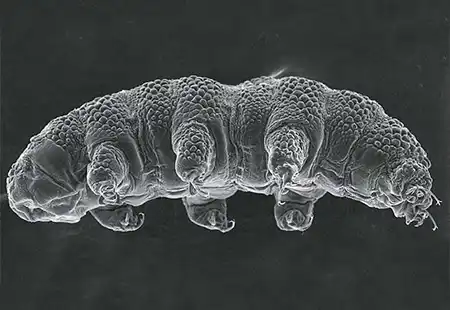
(Ramazzottius agannae)

(Ramazzottius baumanni)
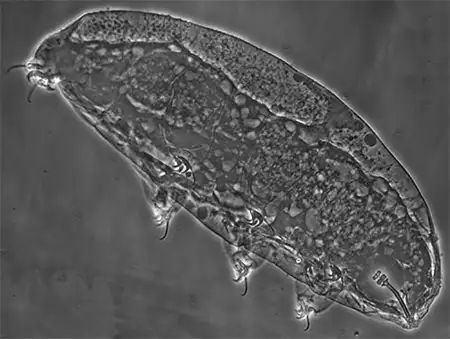
(Ramazzottius oberhaeuseri)
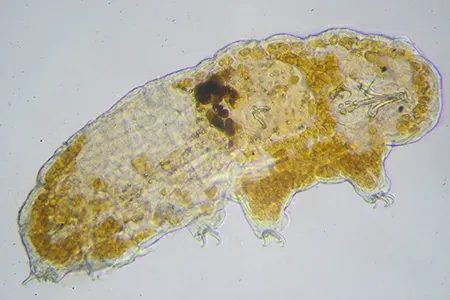
(Doryphoribius flavus)

(Doryphoribius longistipes)
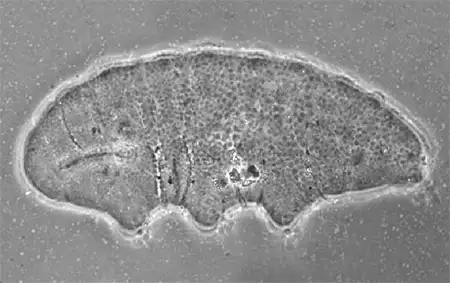
(Doryphoribius minimus)
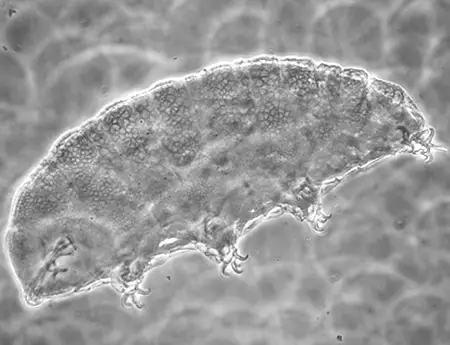
(Doryphoribius quadrituberculatus)
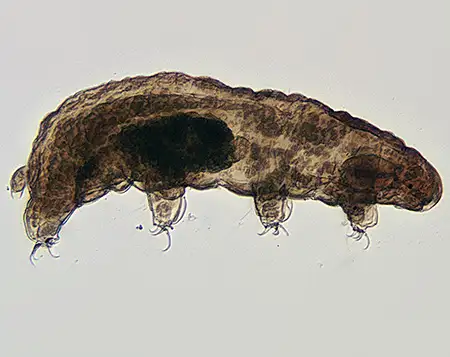
(Halobiotus crispae)
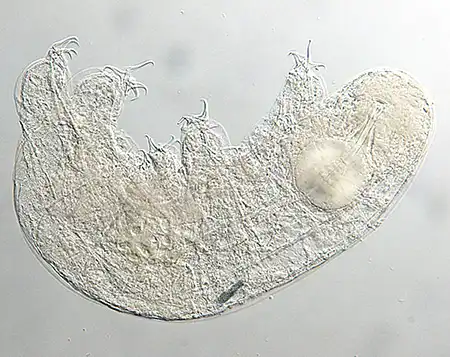
(Isohypsibius malawiensis)

(Isohypsibius jakieli)

(Isohypsibius prosostomus)

(Pseudobiotus kathmanae)
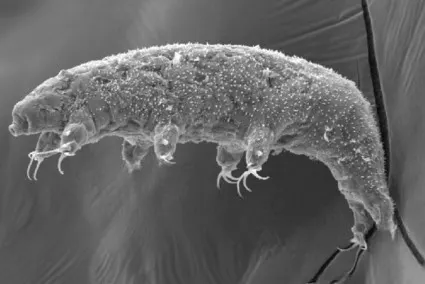
(Pseudobiotus spinifer)
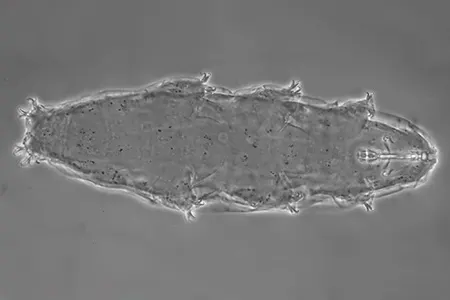
(Macrobiotus anemone)

(Macrobiotus hufelandi)
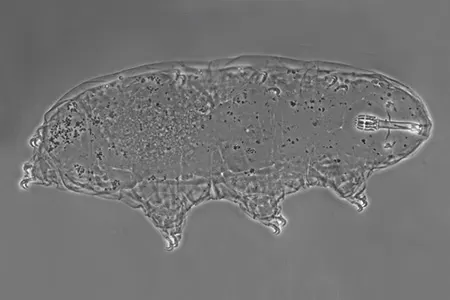
(Macrobiotus kazmierskii)

(Macrobiotus sapiens)
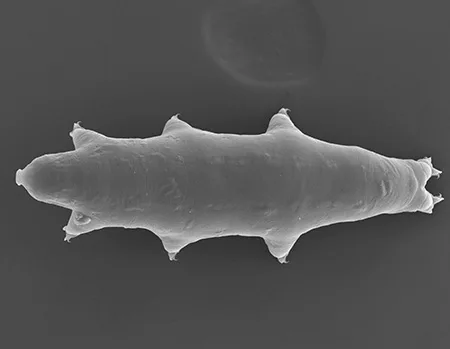
(Macrobiotus shonaicus)
It is found widely throughout Japan.
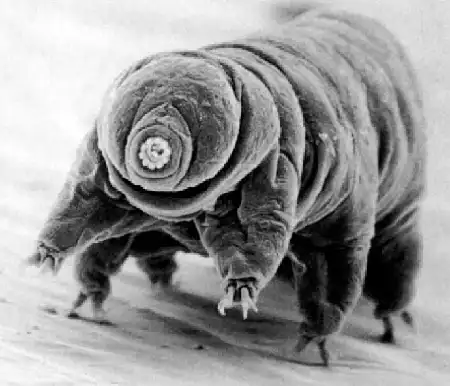
(Macrobiotus tonollii)
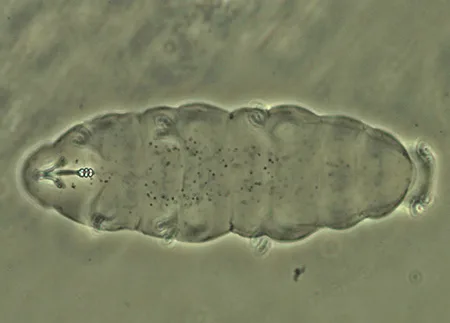
(Minibiotus formosus)
It is found in the Baltic States – Estonia, Latvia, and Lithuania – located on the eastern coast of the Baltic Sea.
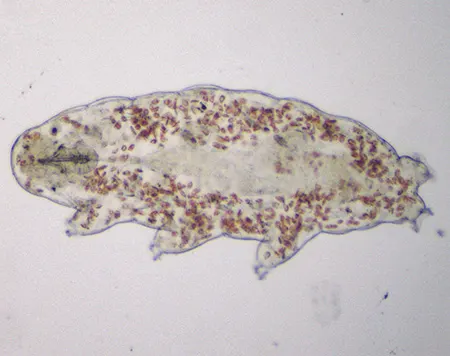
(Minibiotus furcatus)
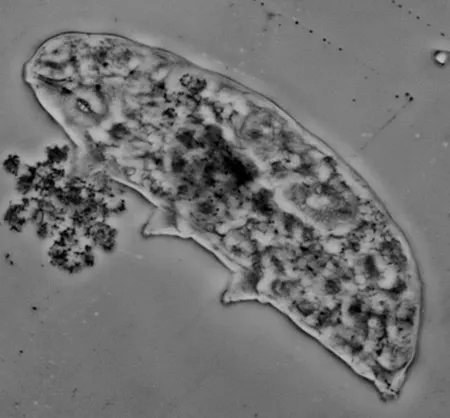
(Minibiotus intermedius)

(Paramacrobiotus tonollii)
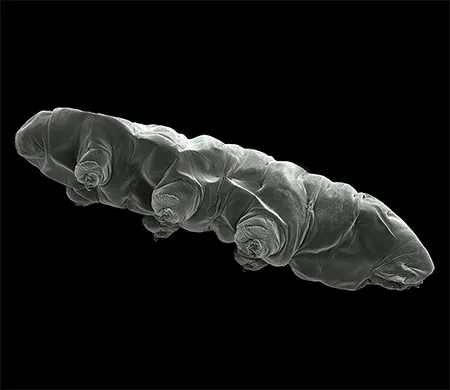
(Xerobiotus gretae)
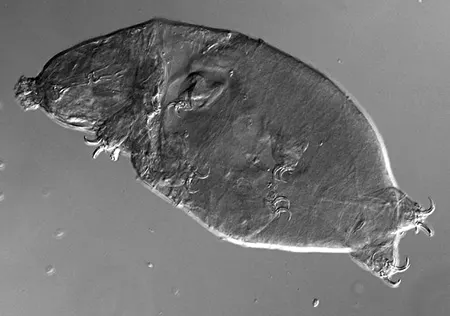
(Dactylobiotus haplonyx)
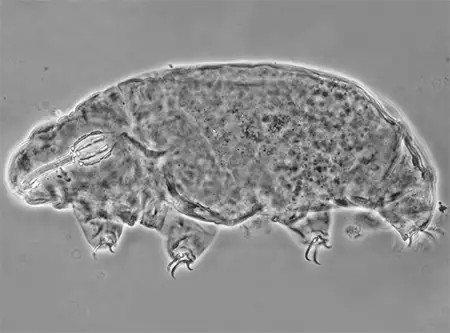
(Dactylobiotus luci)
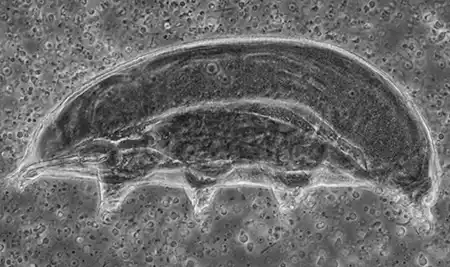
(Dactylobiotus parthenogeneticus)

(Dactylobiotus ovimutans)
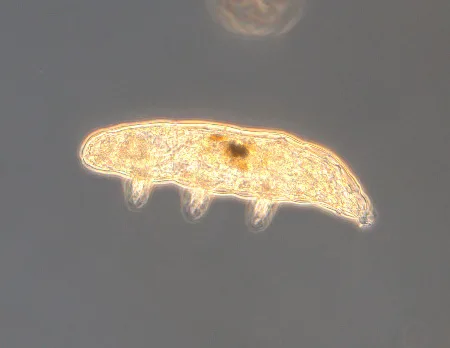
(Murrayon dianeae)
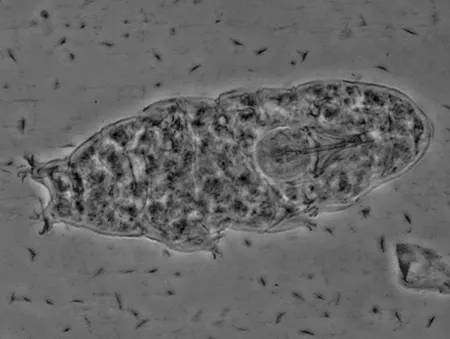
(Murrayon pullari)

